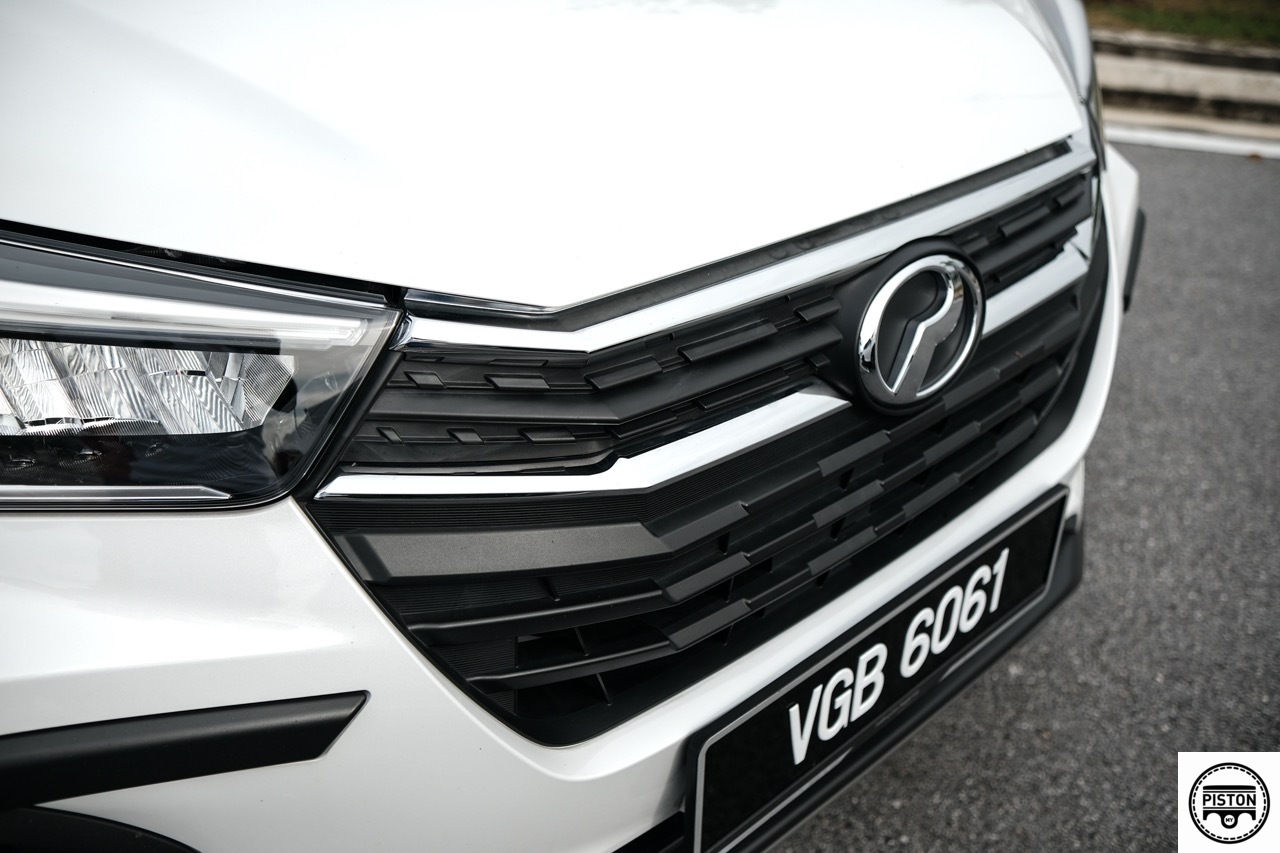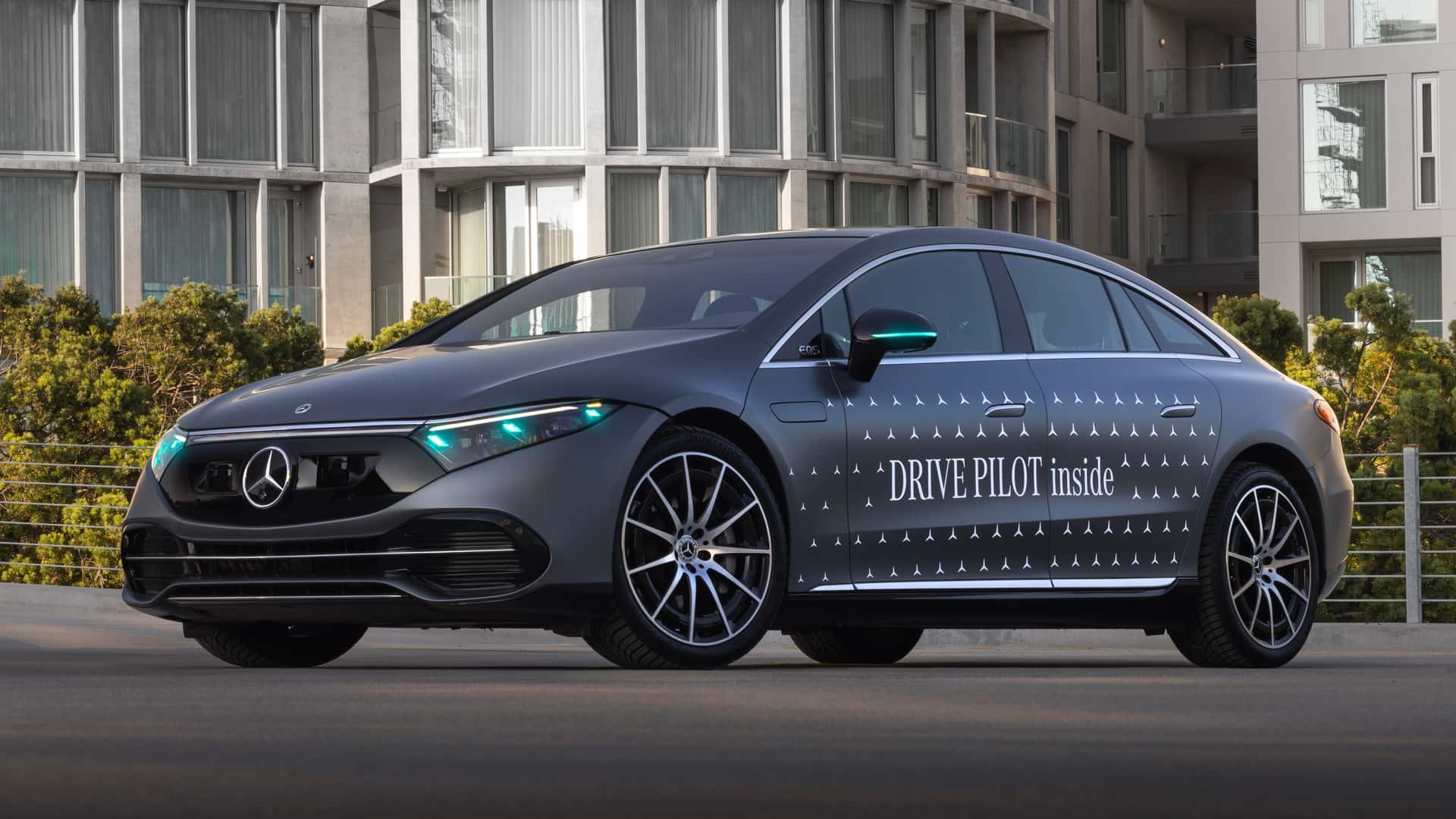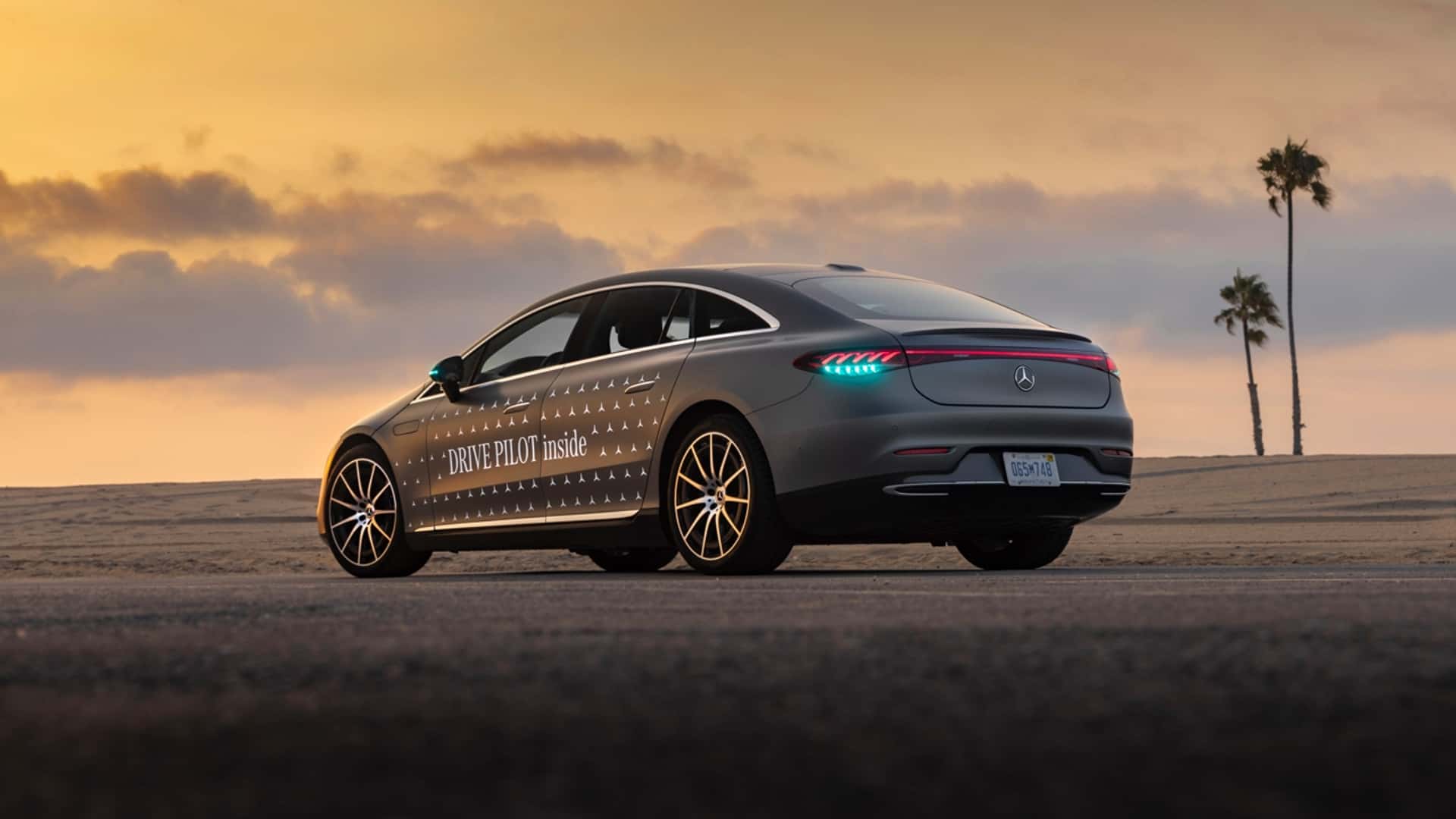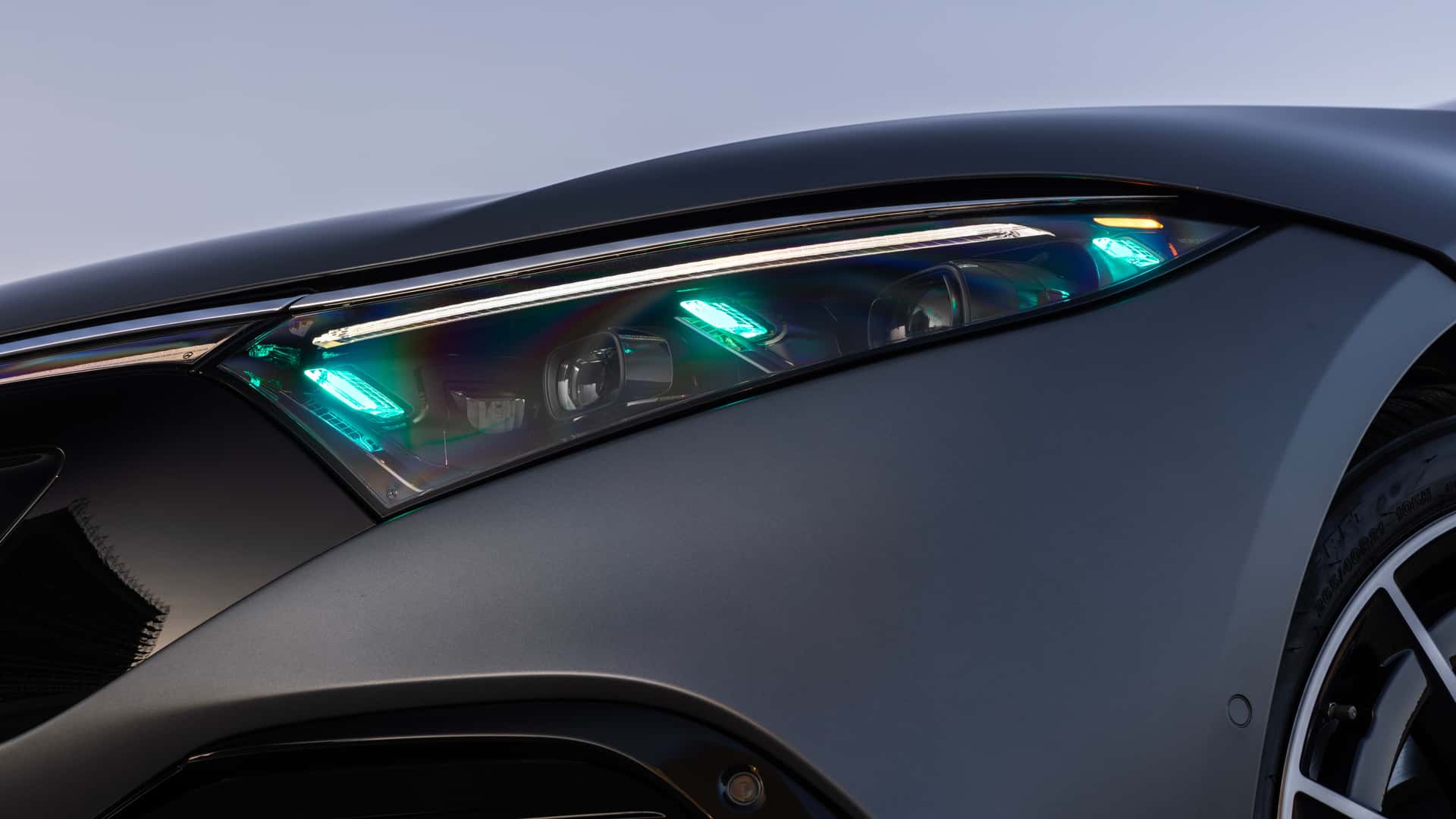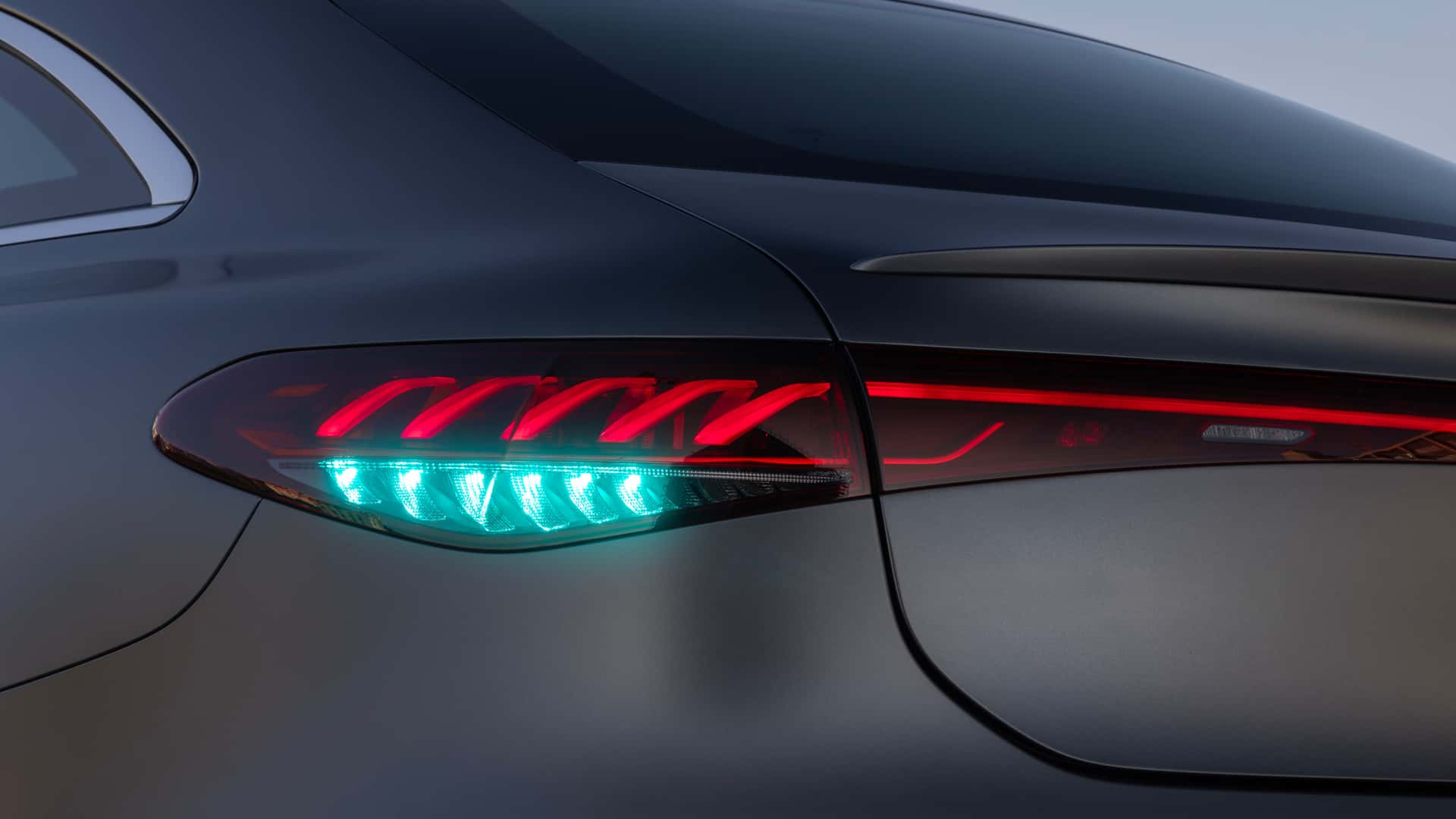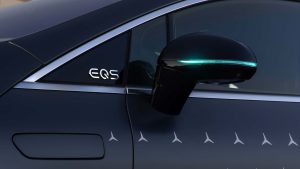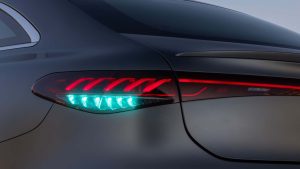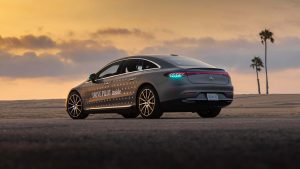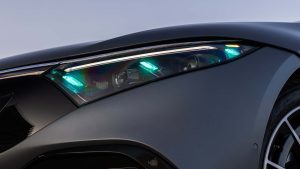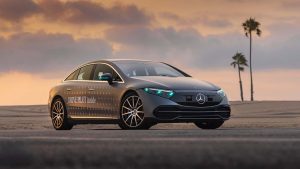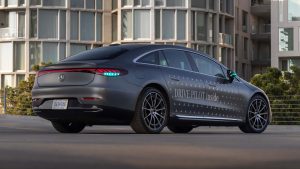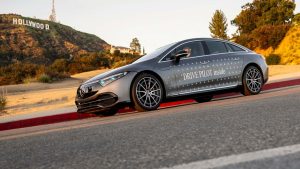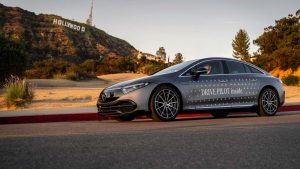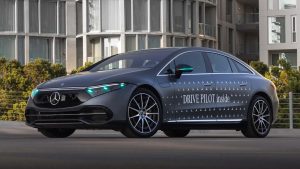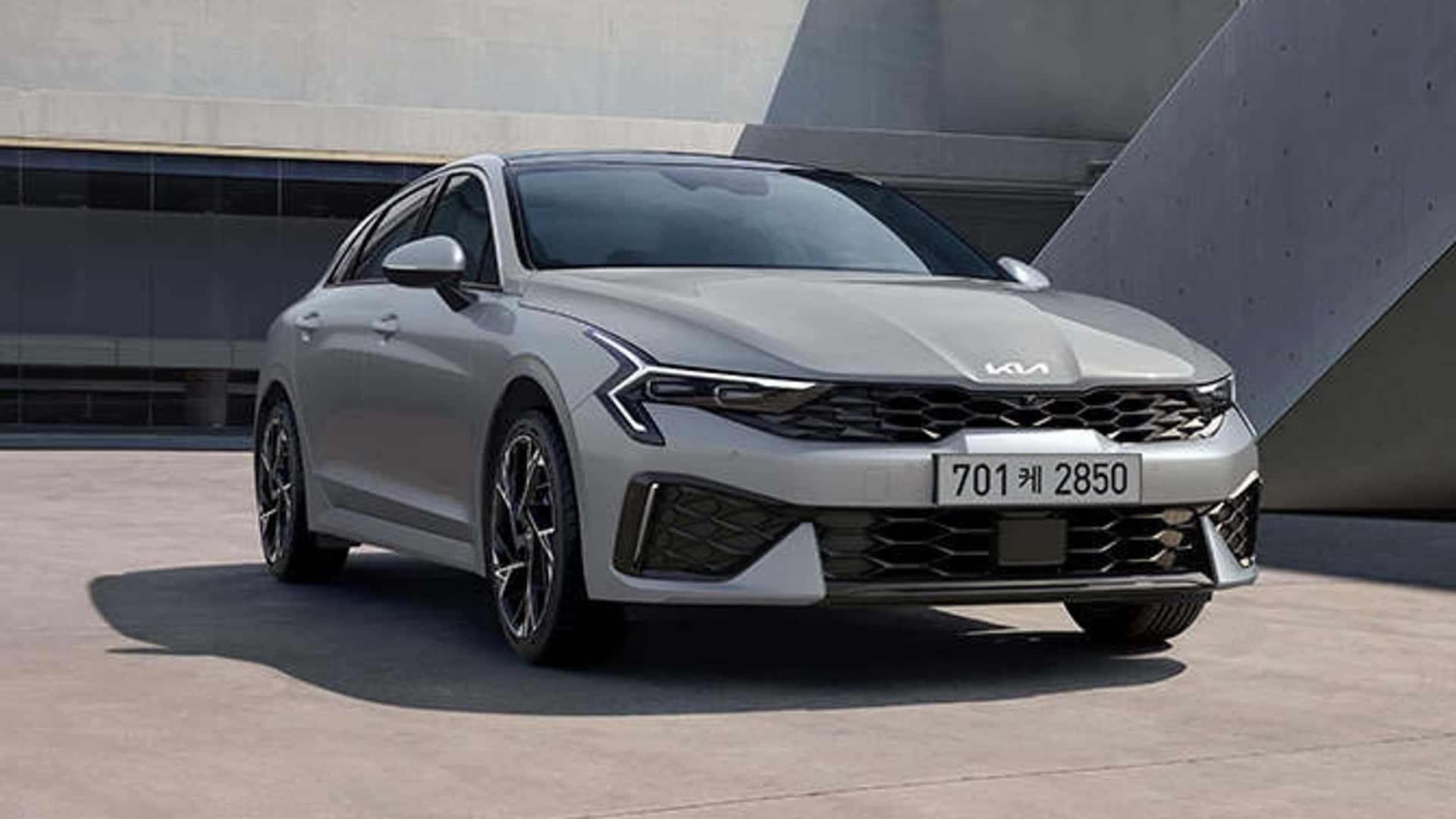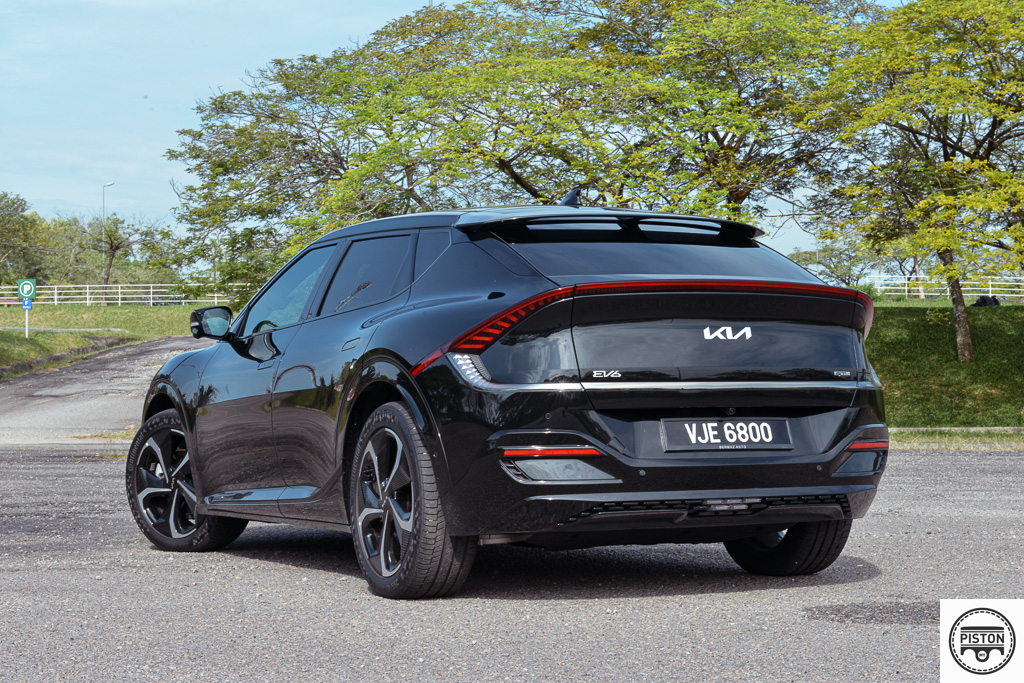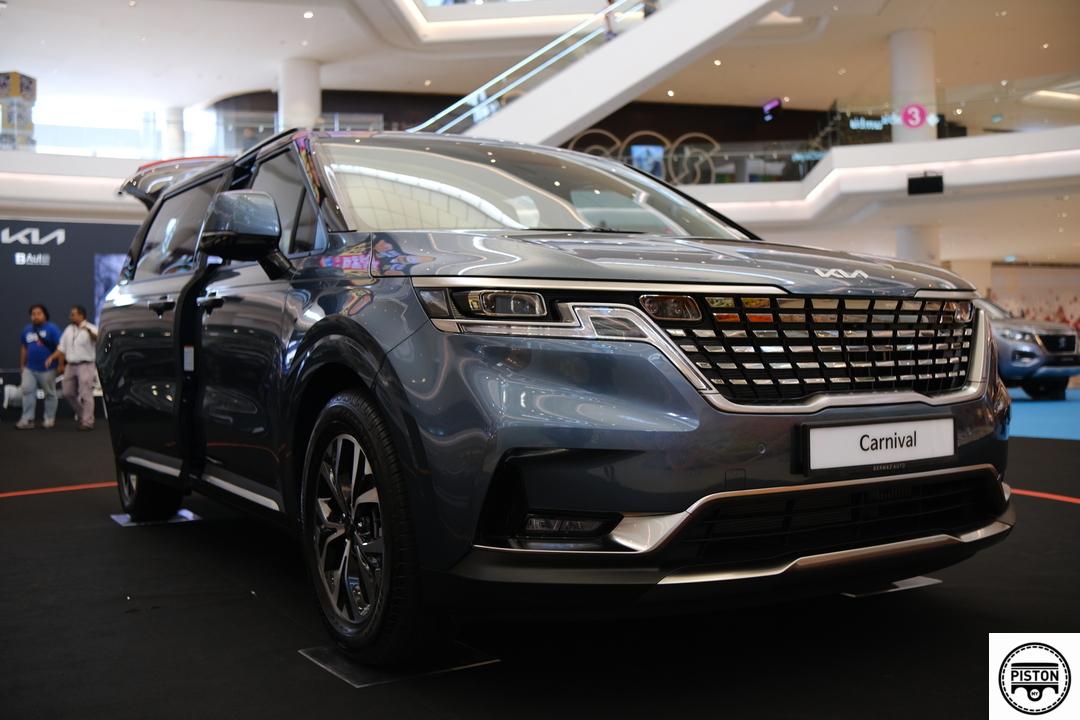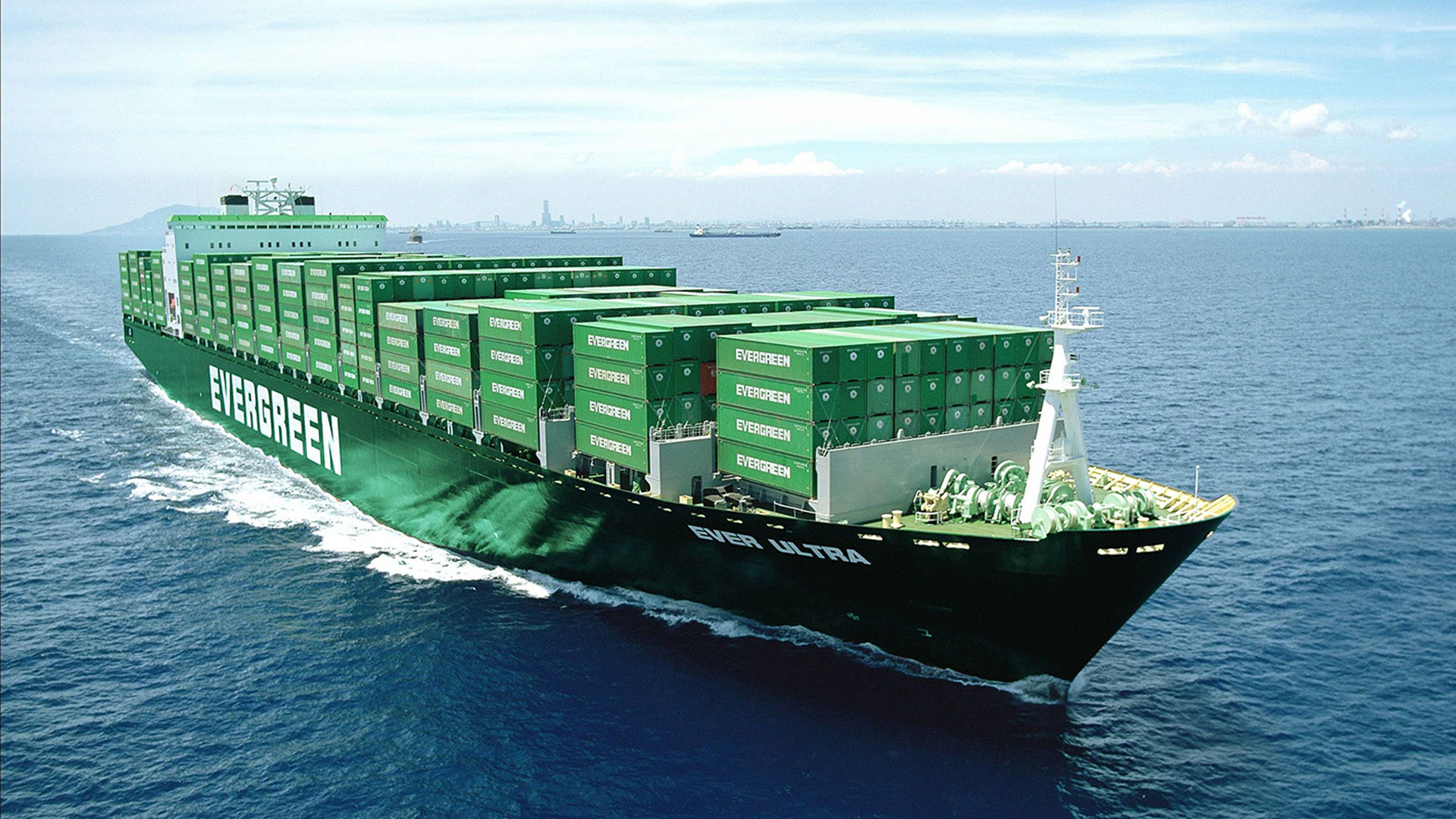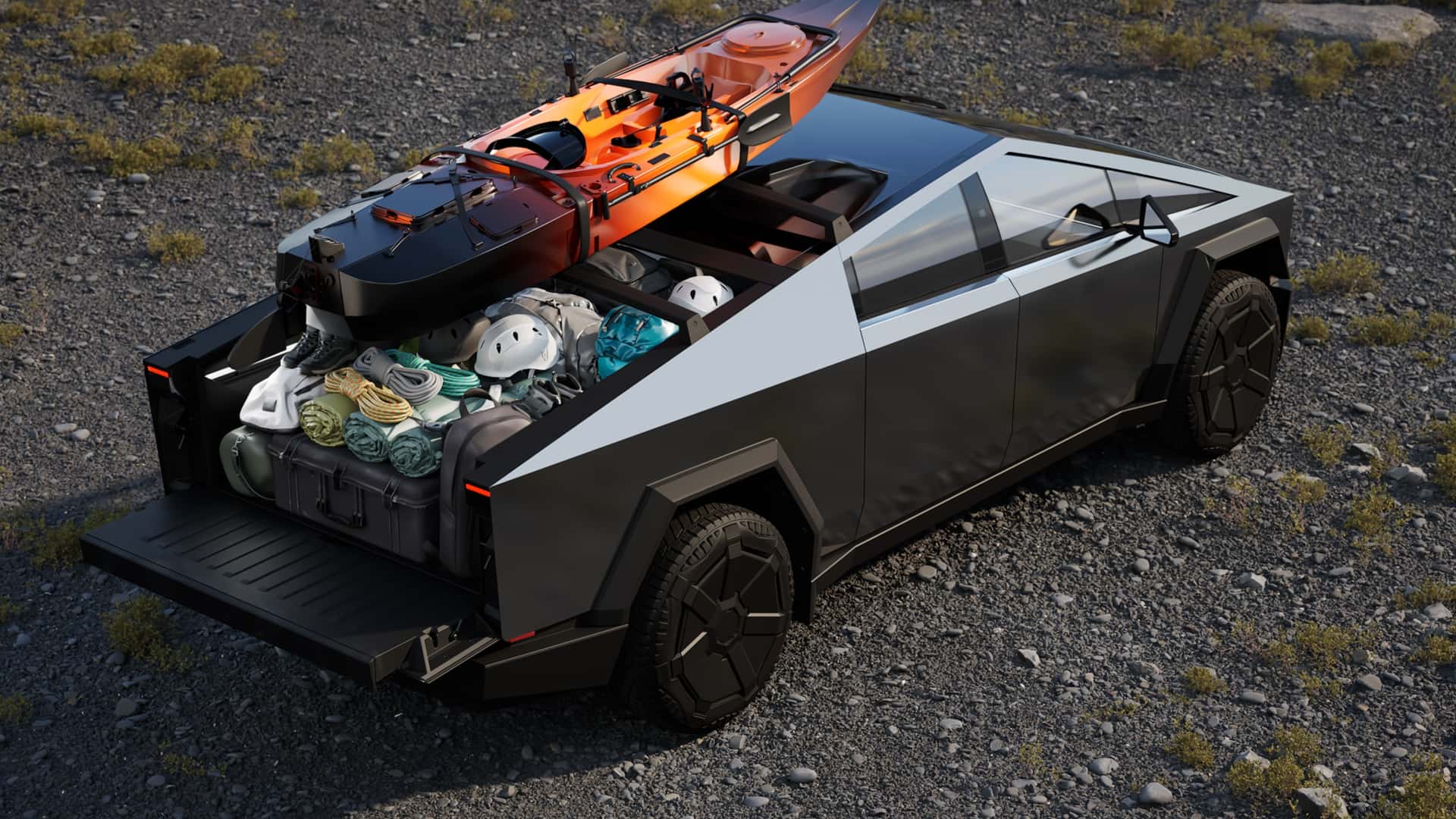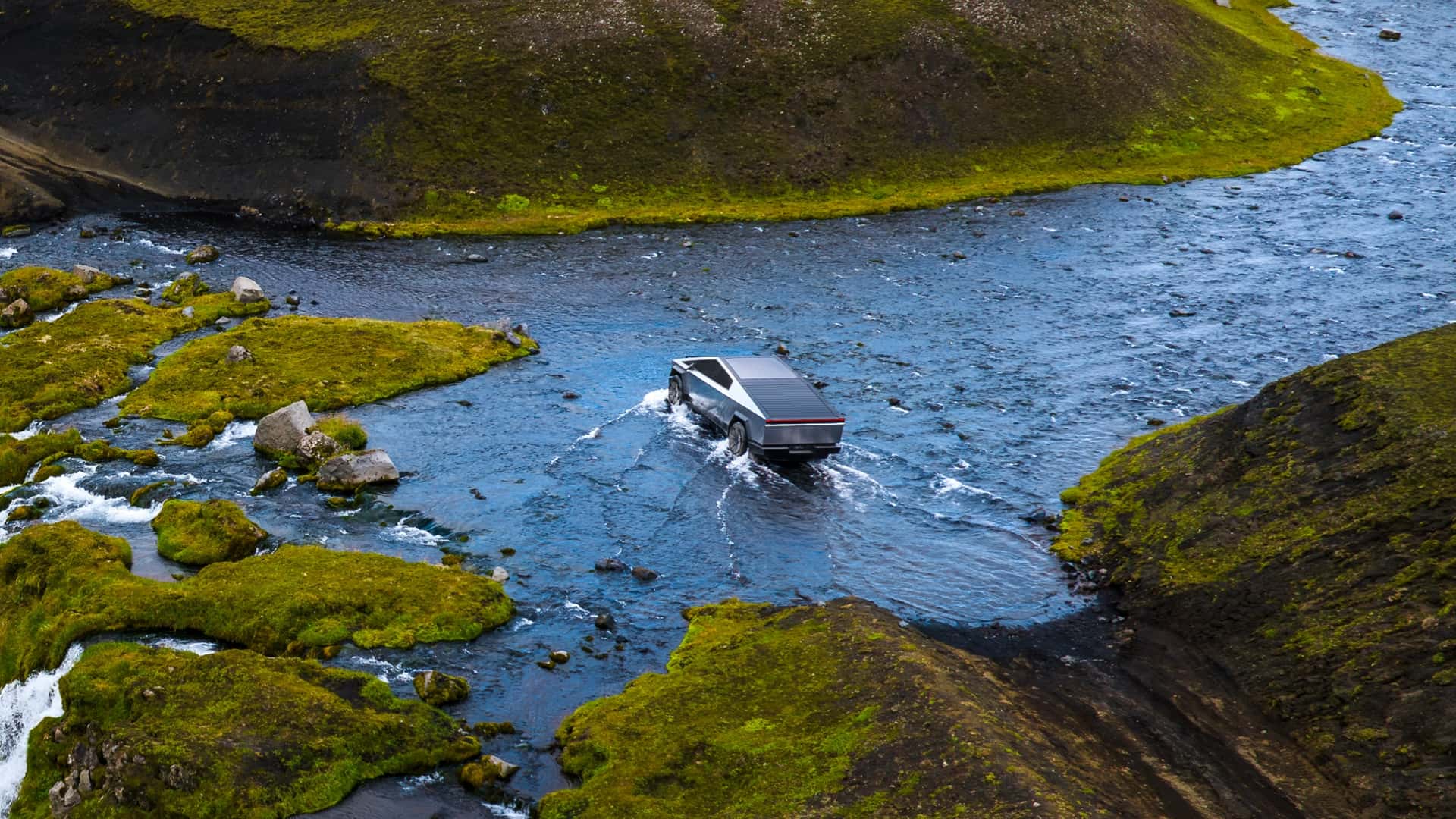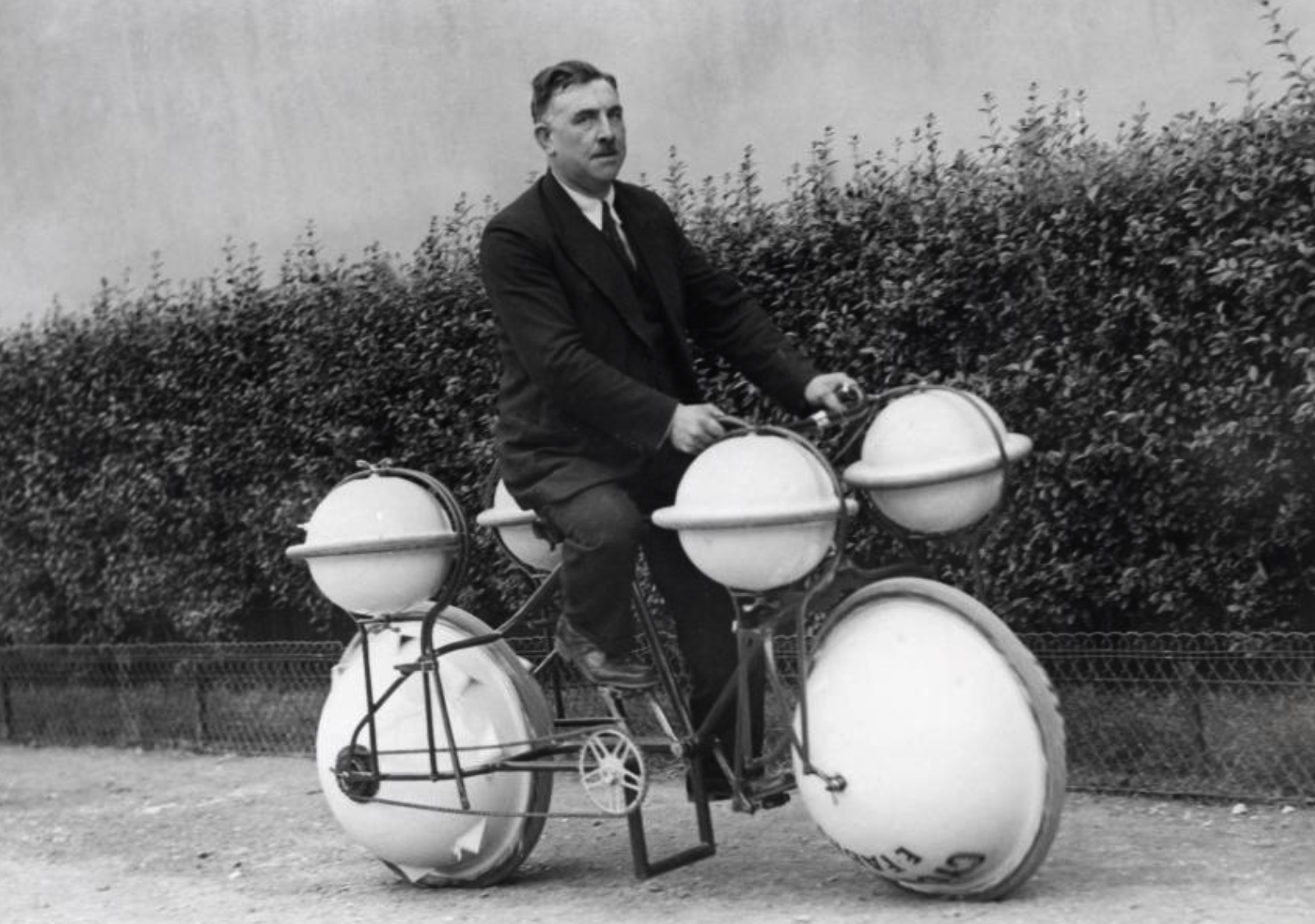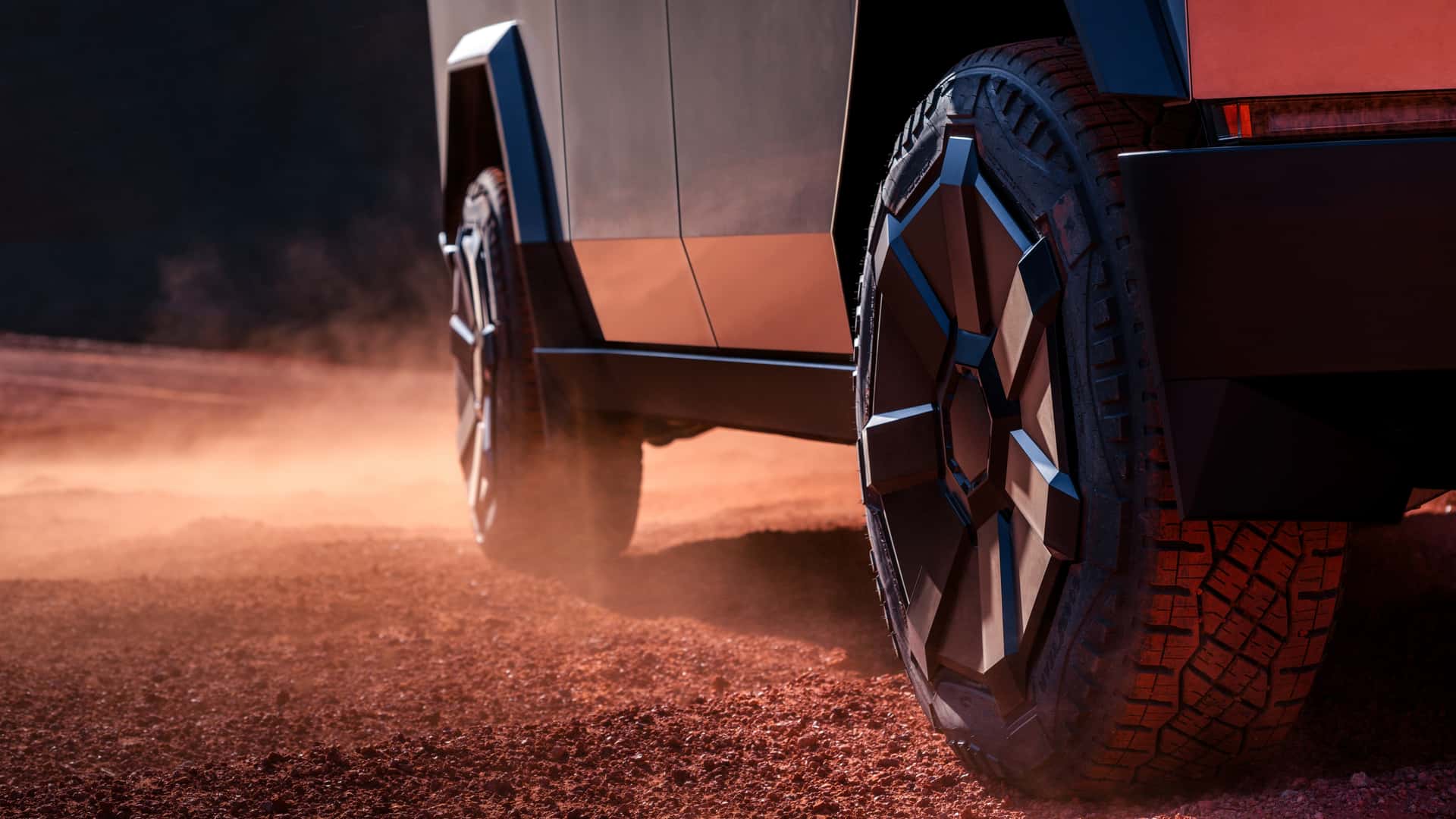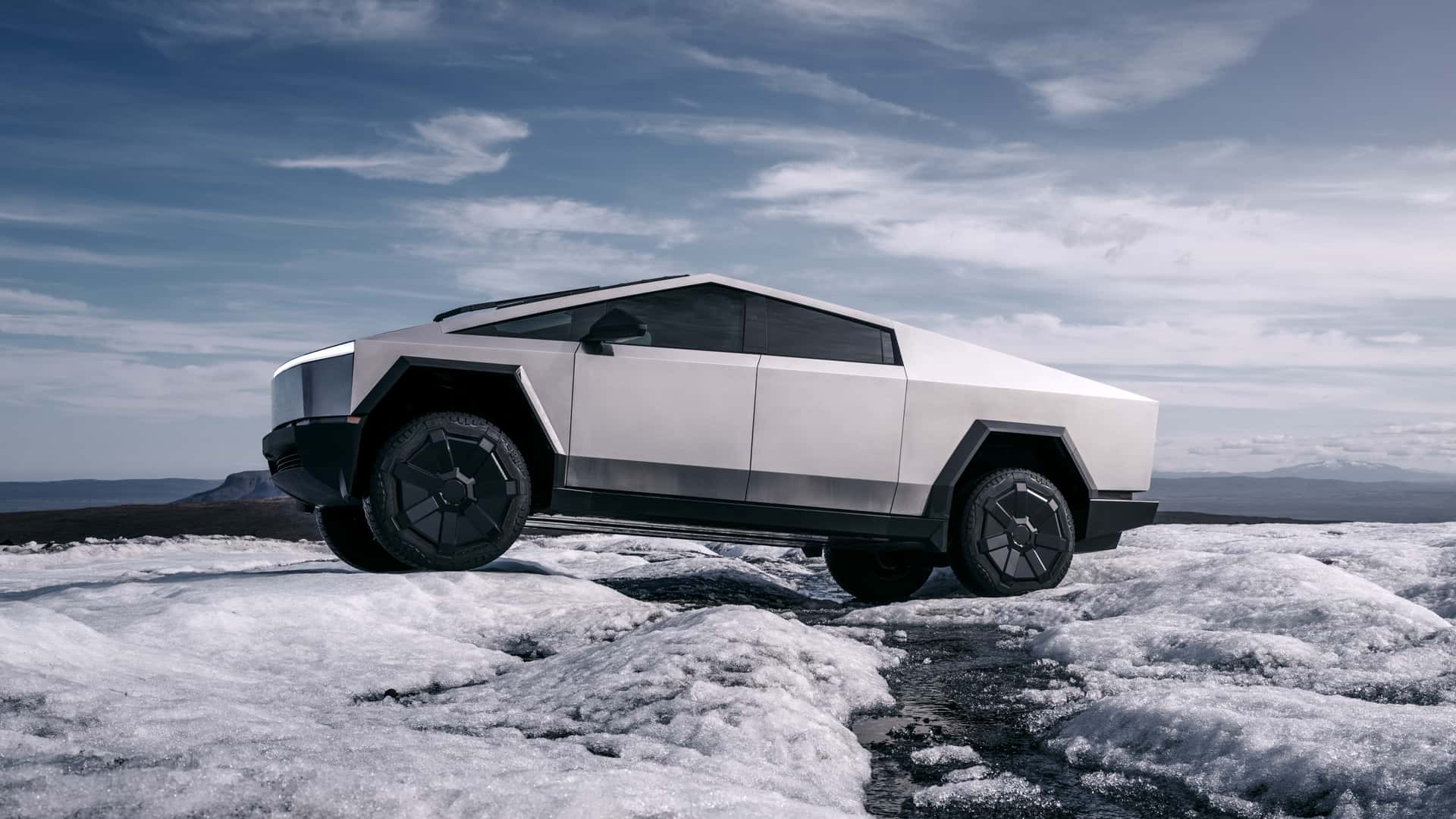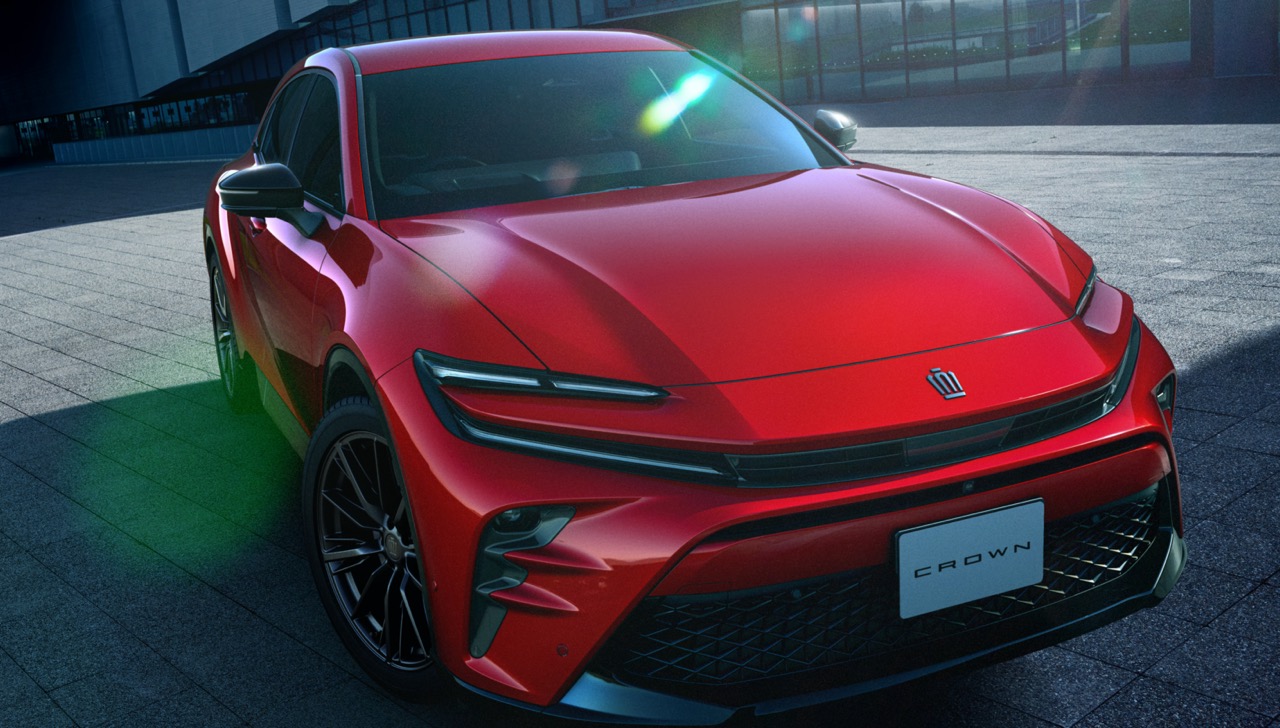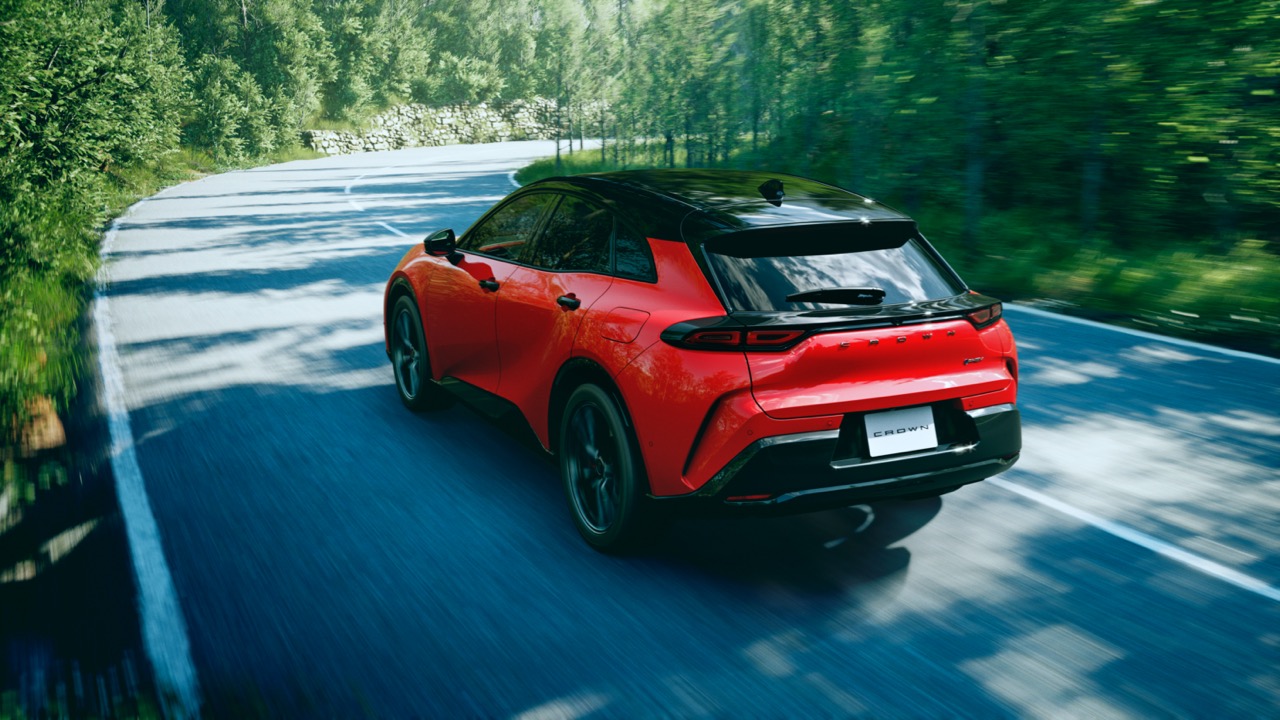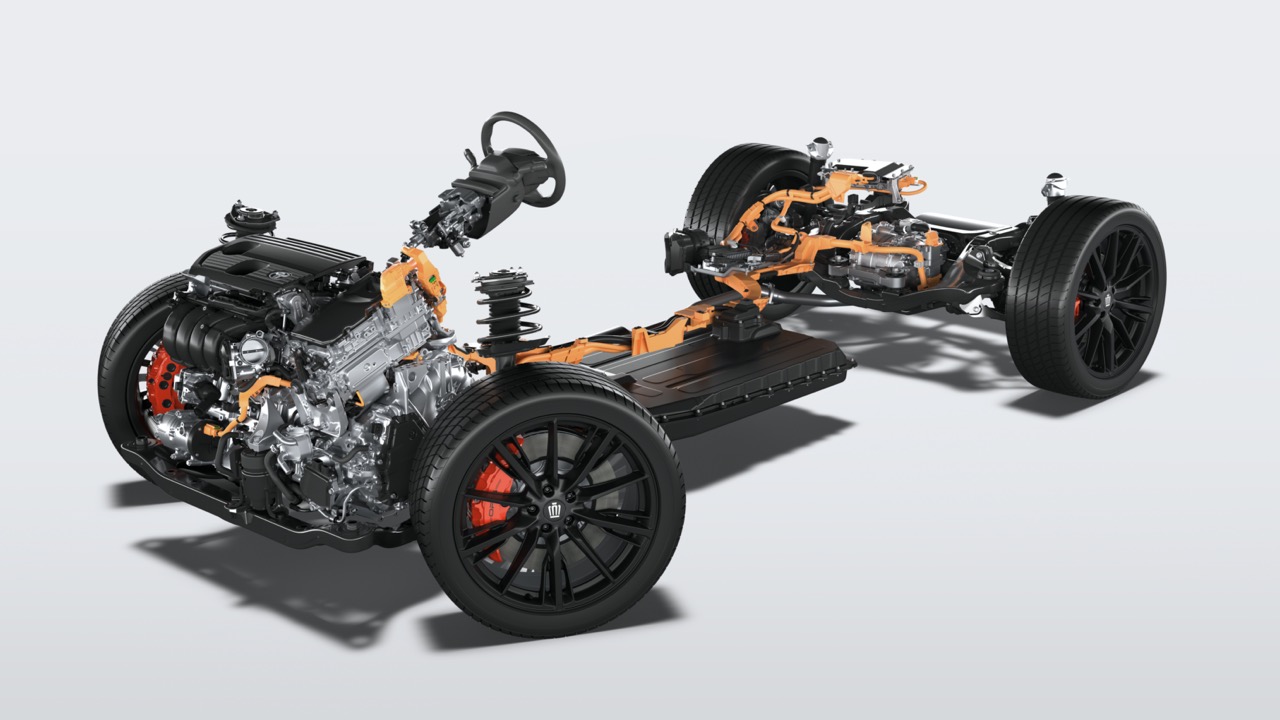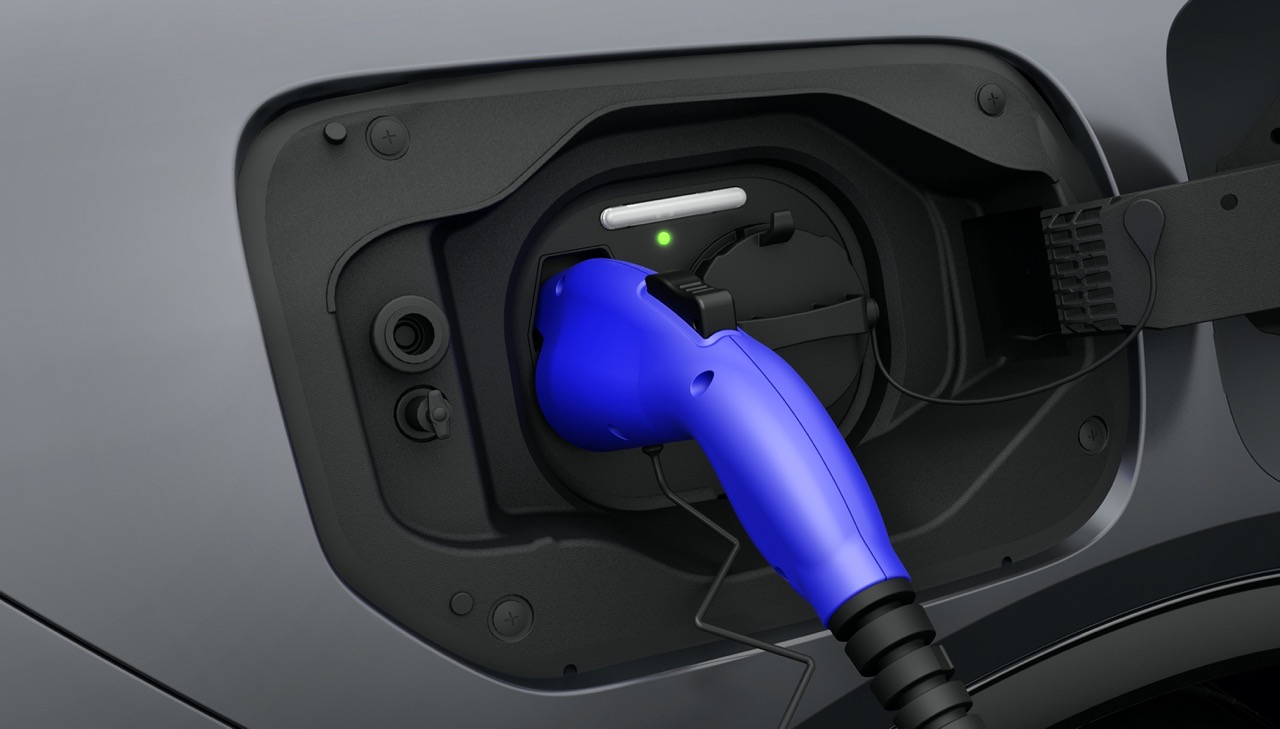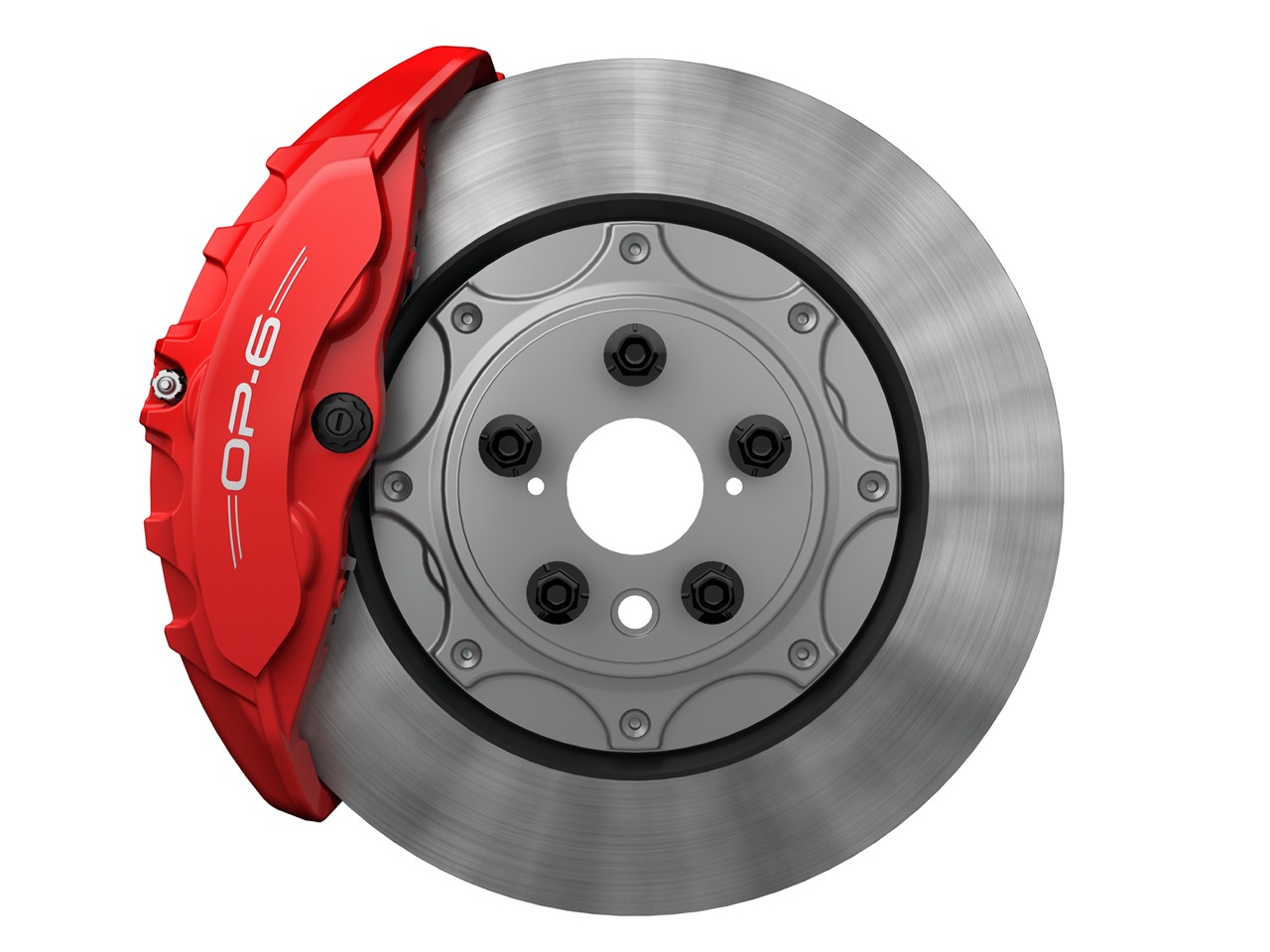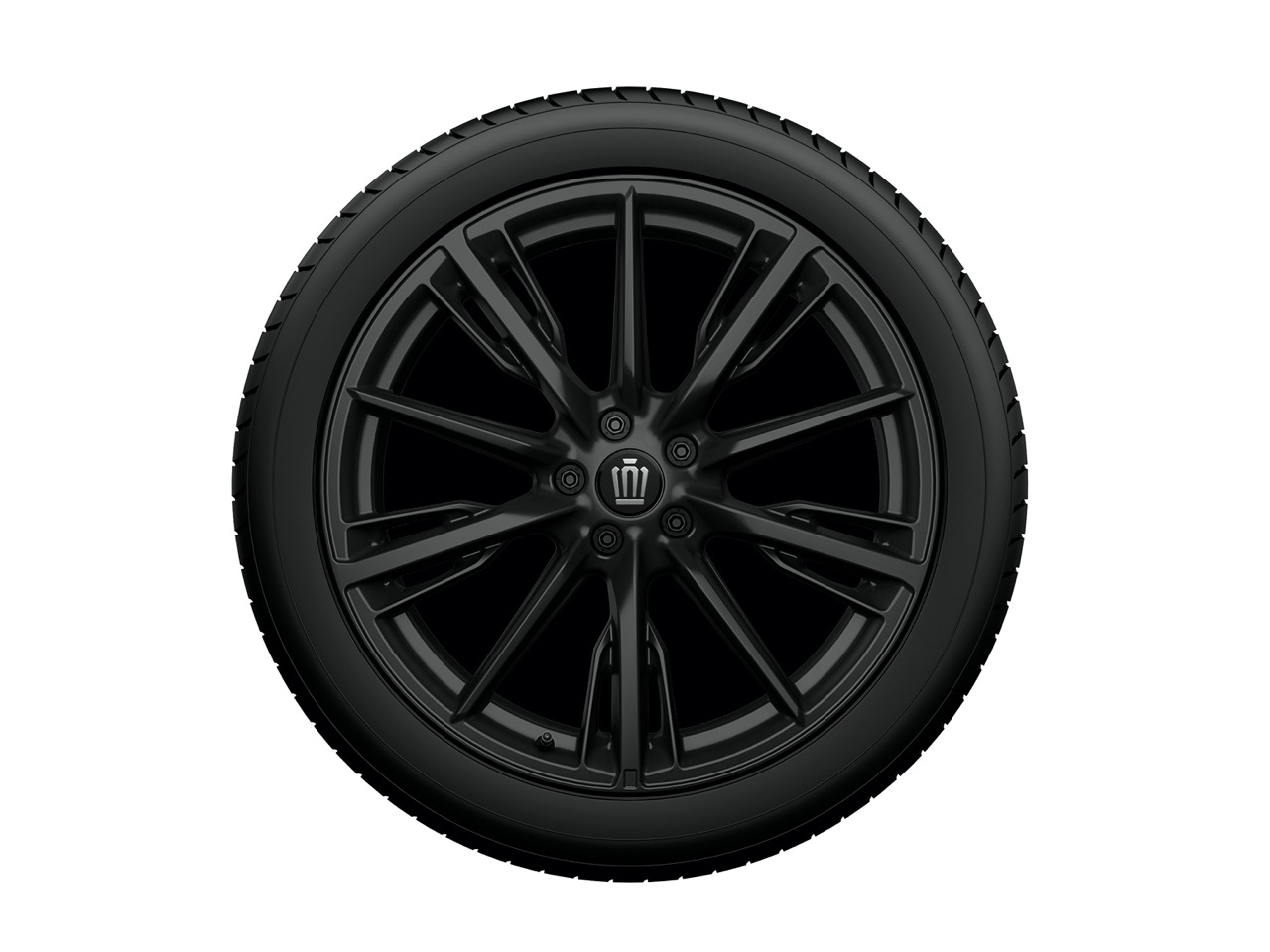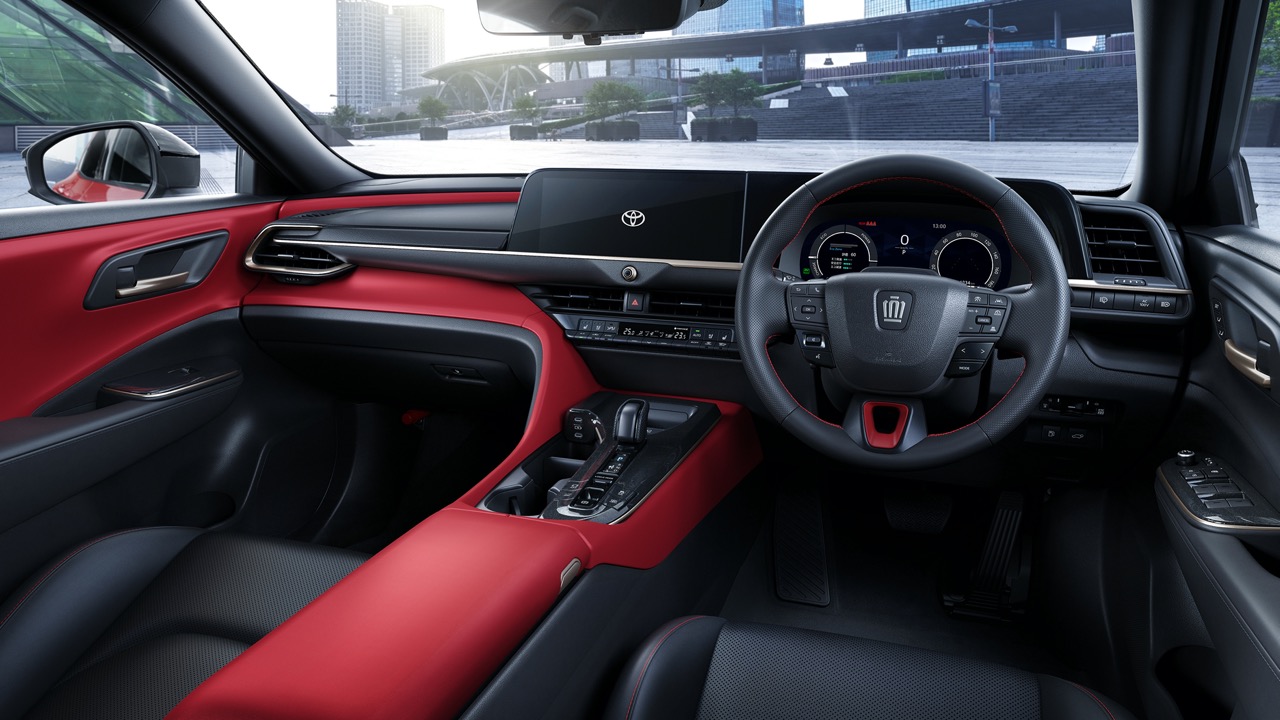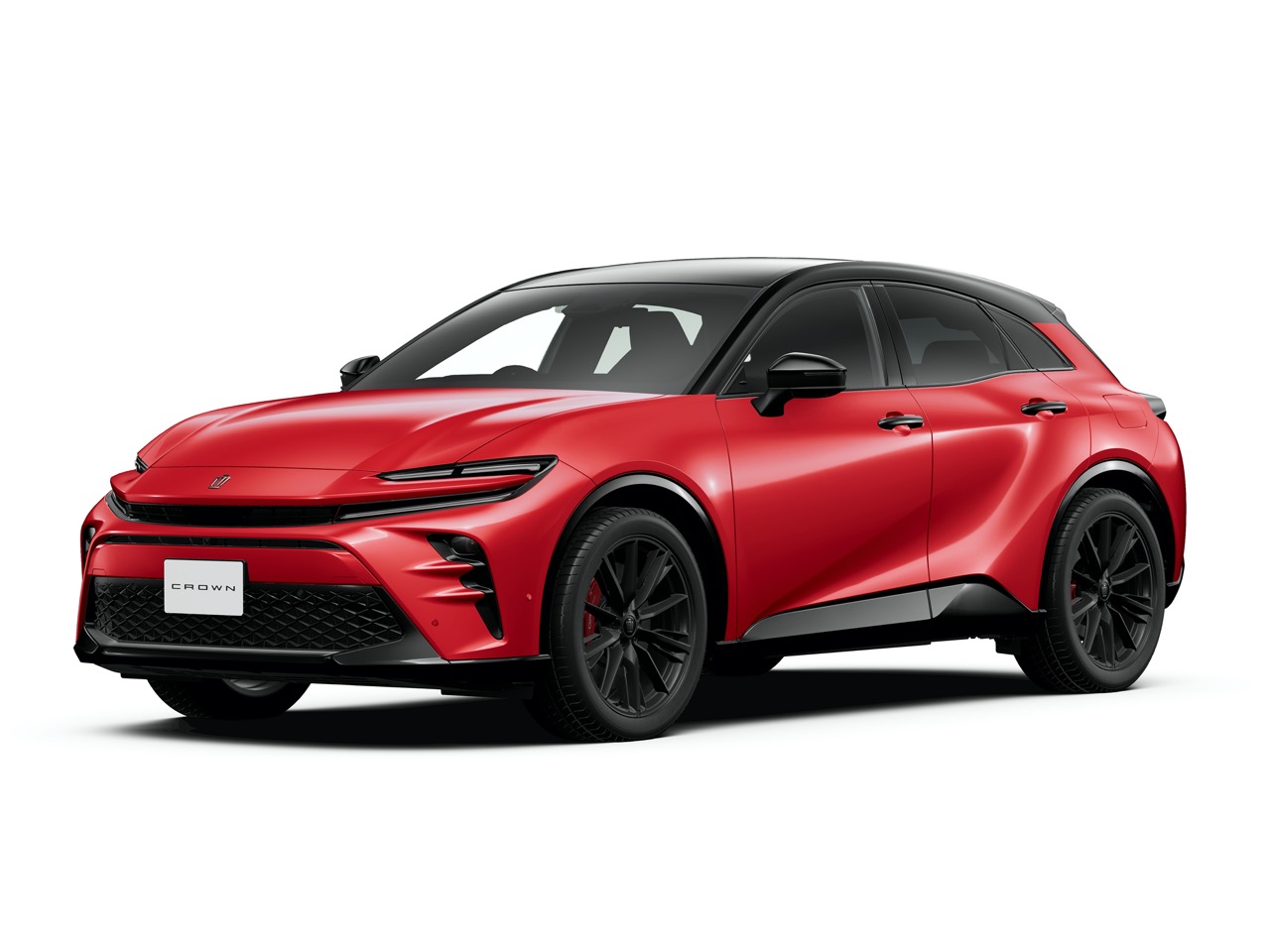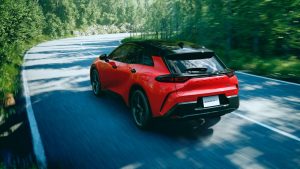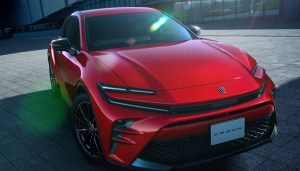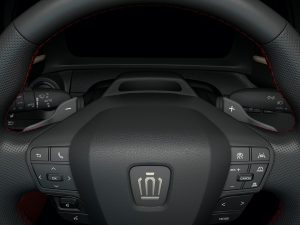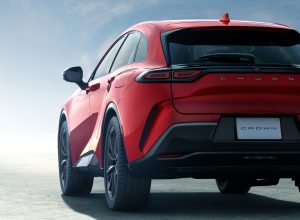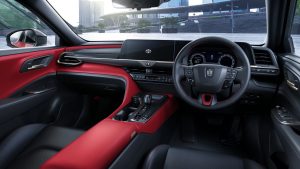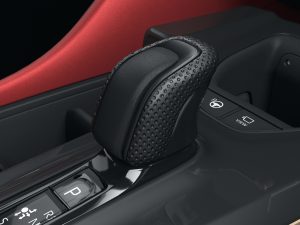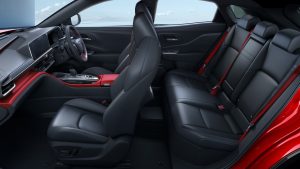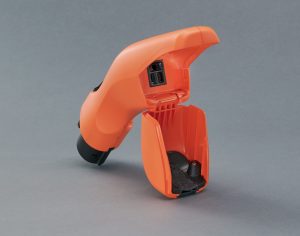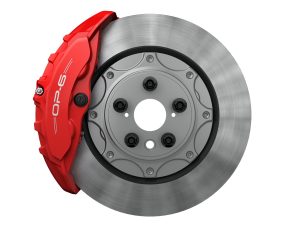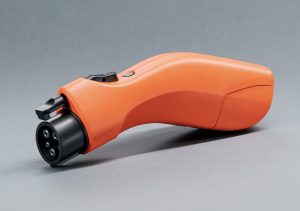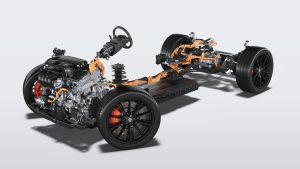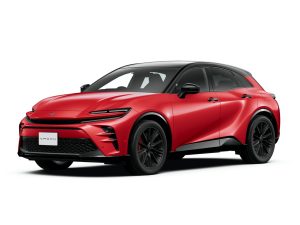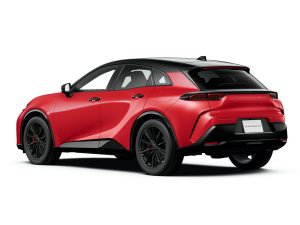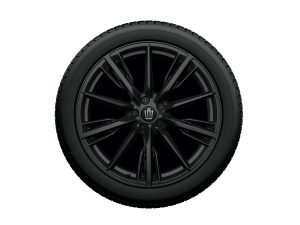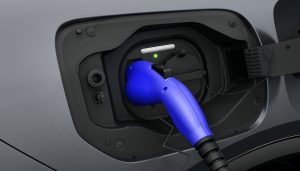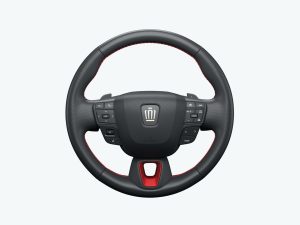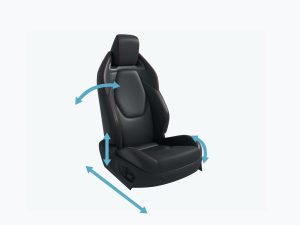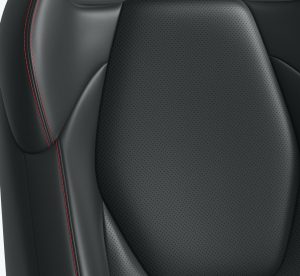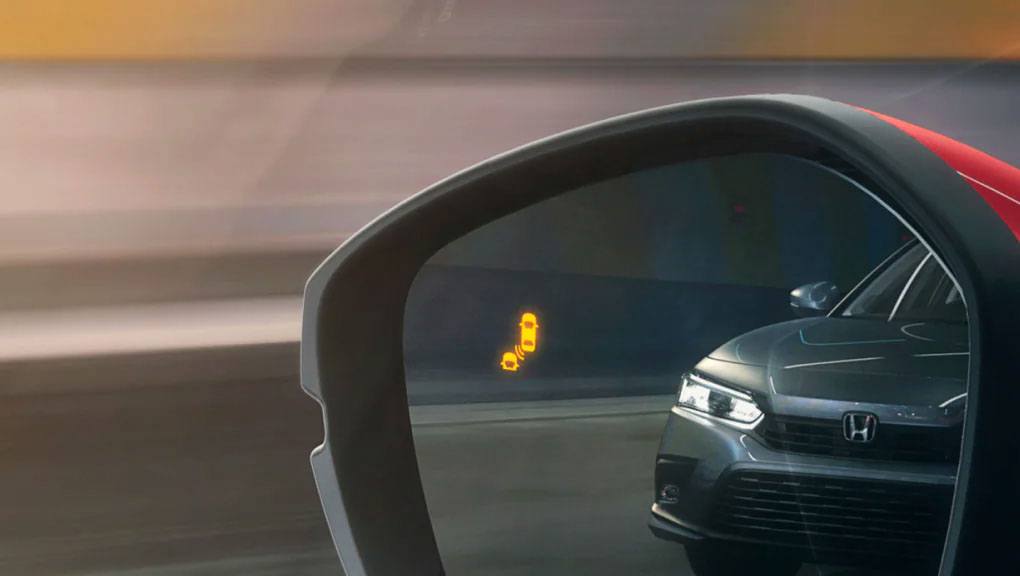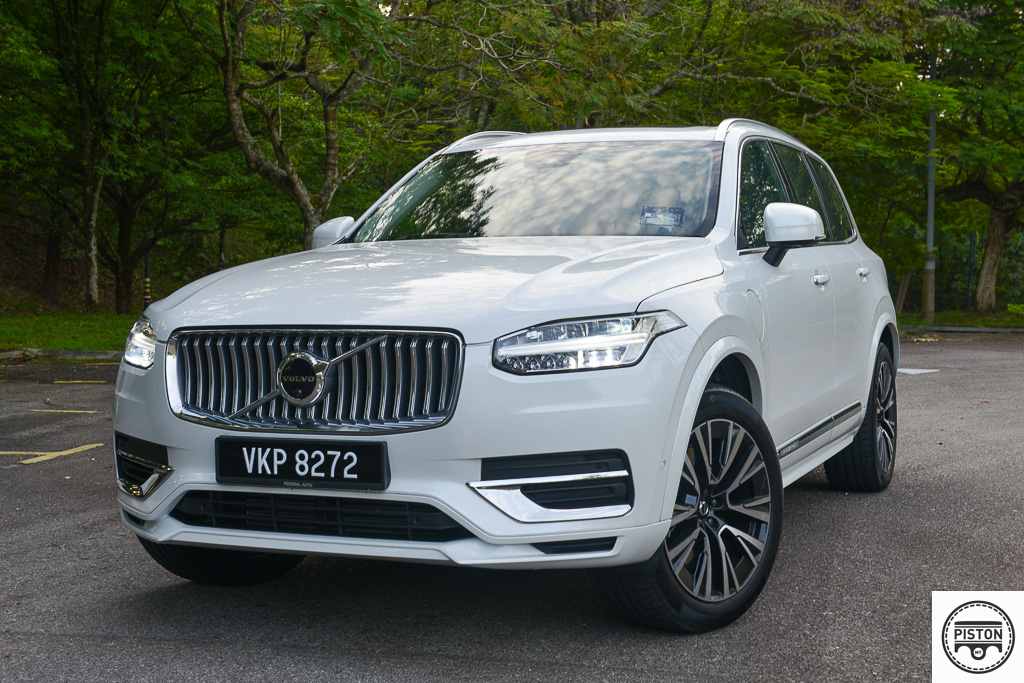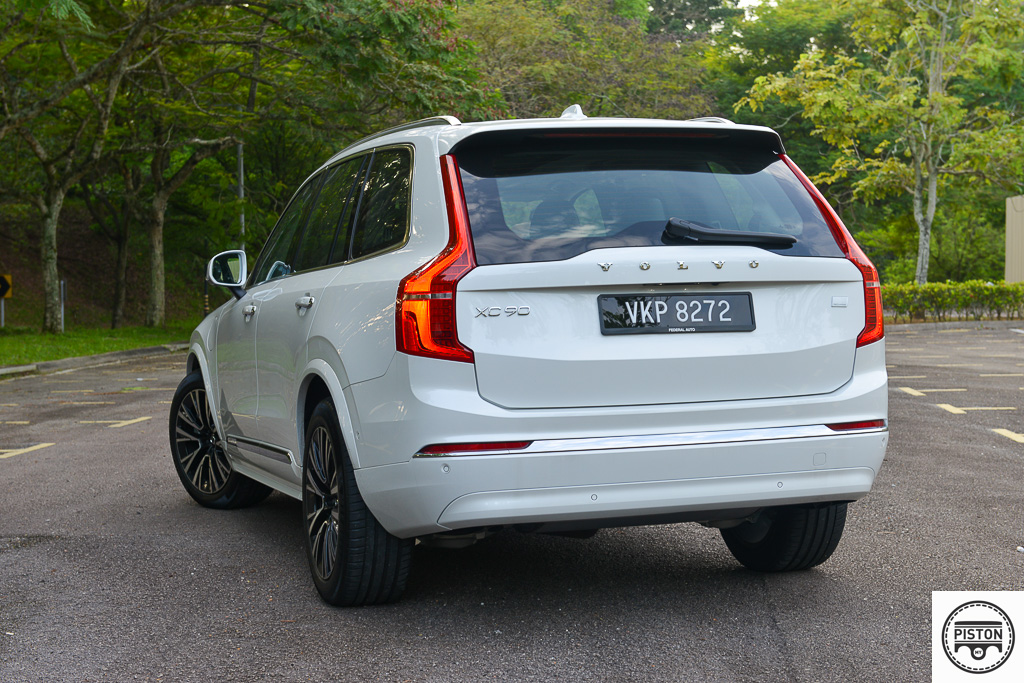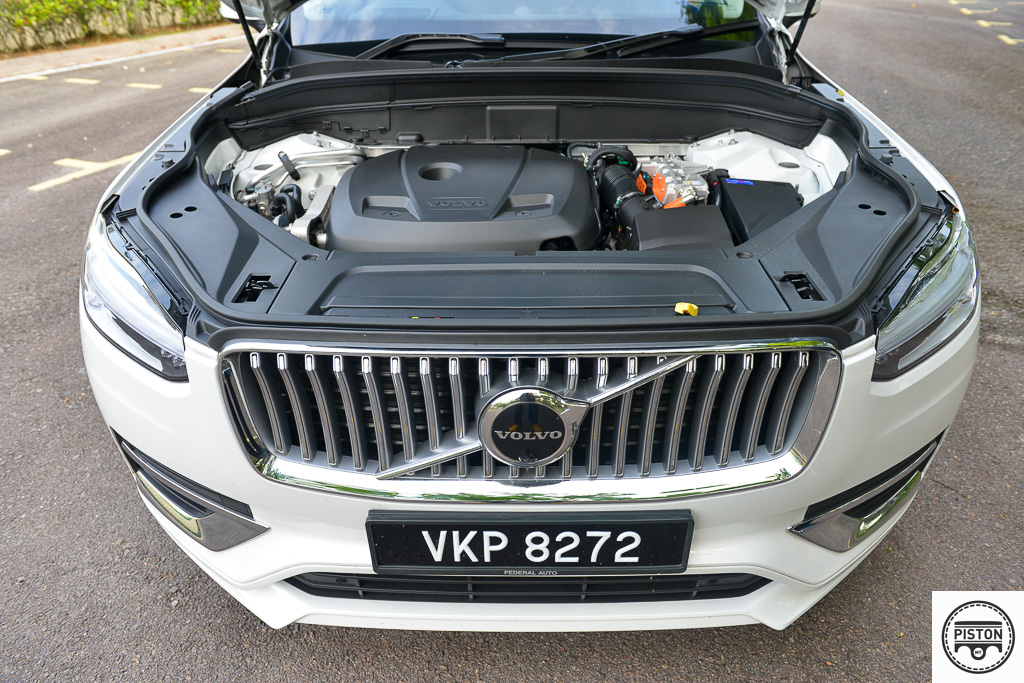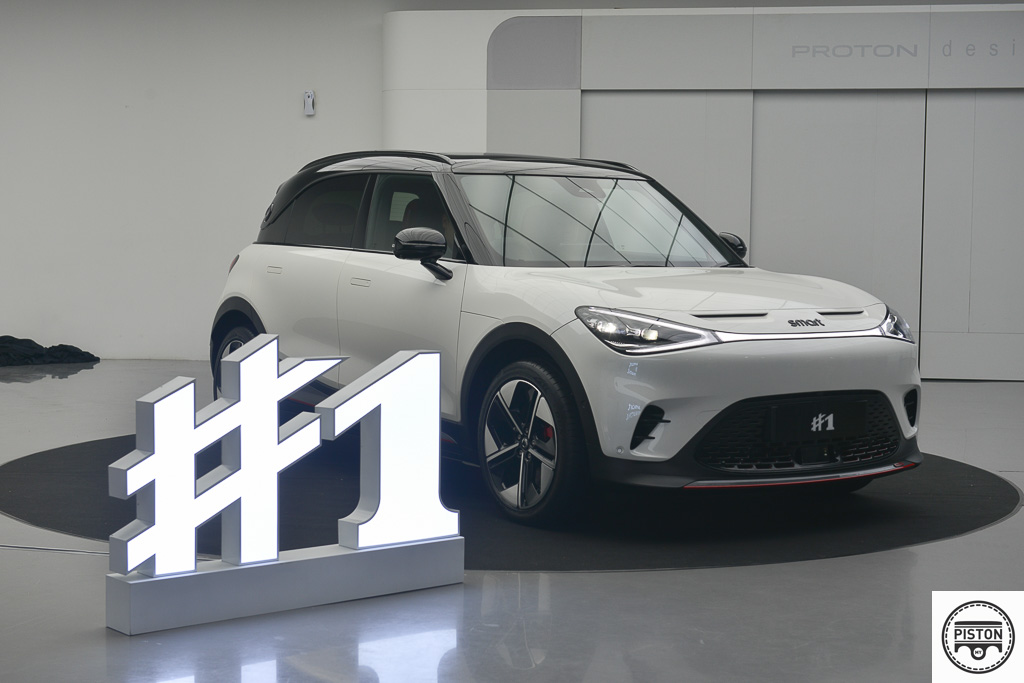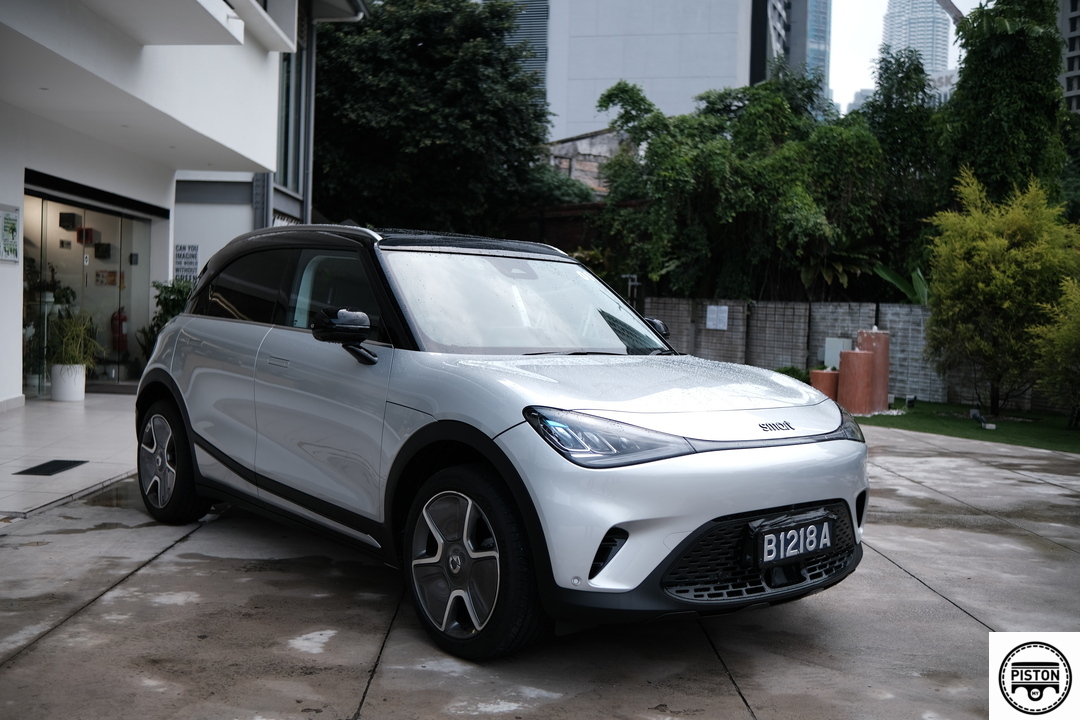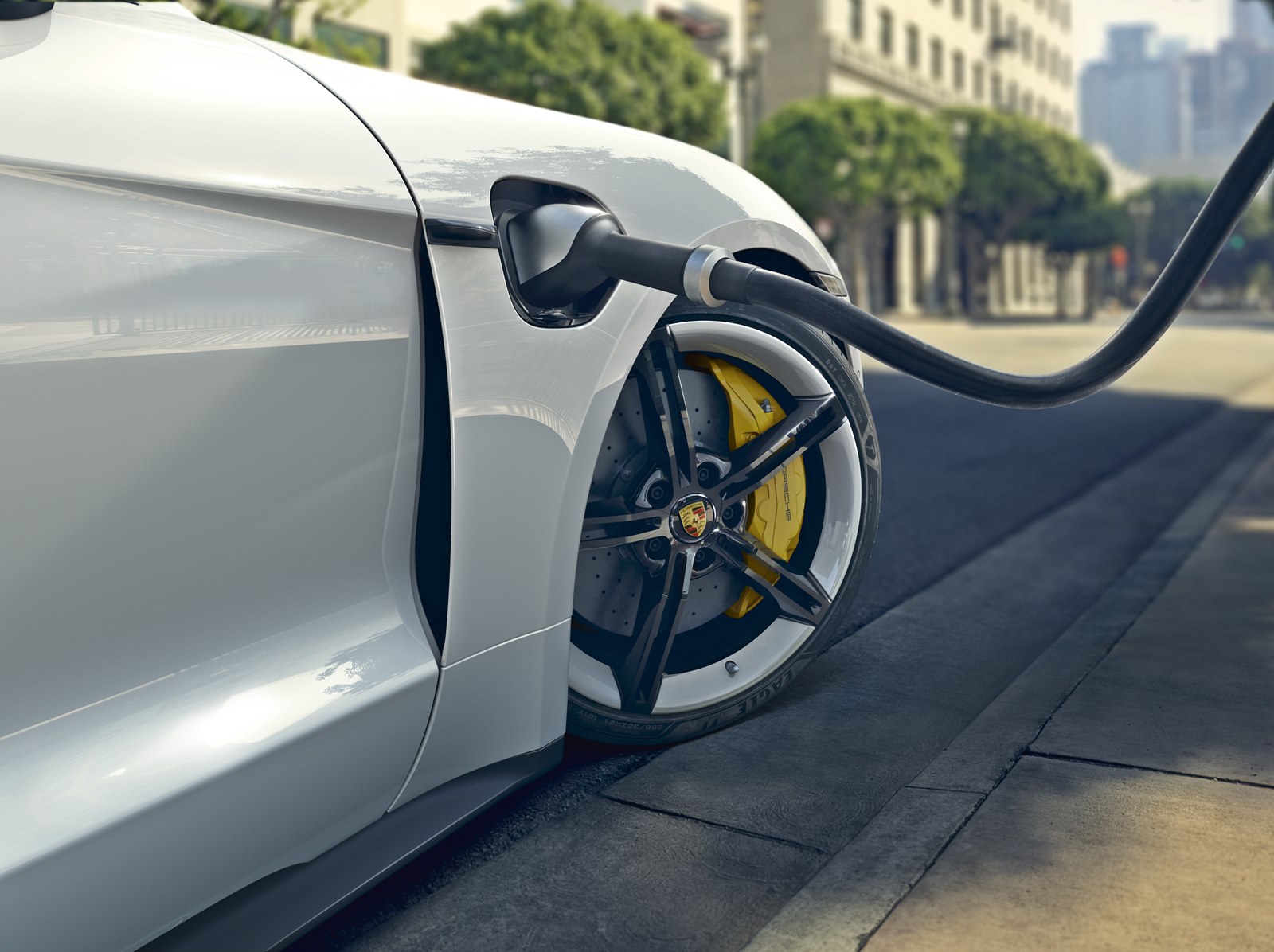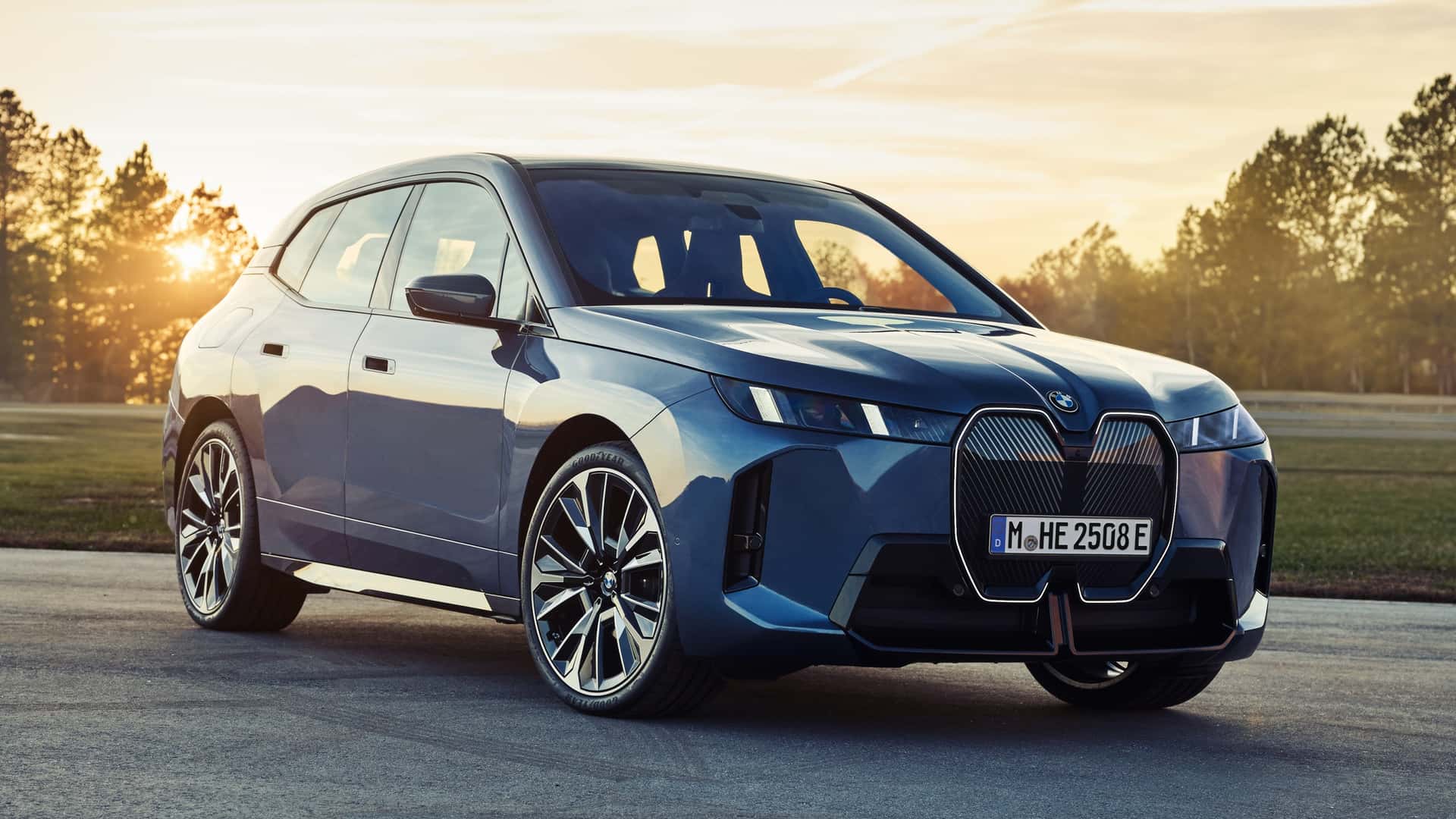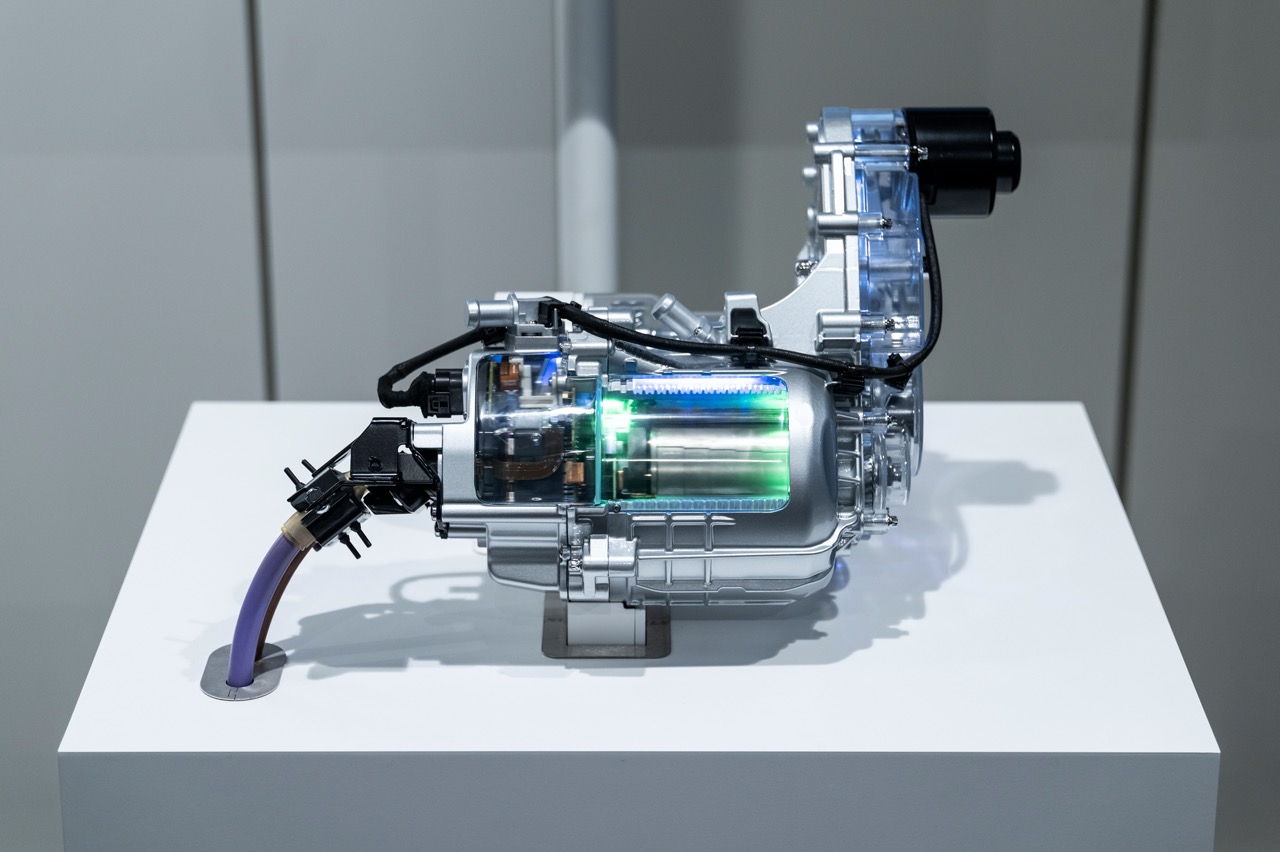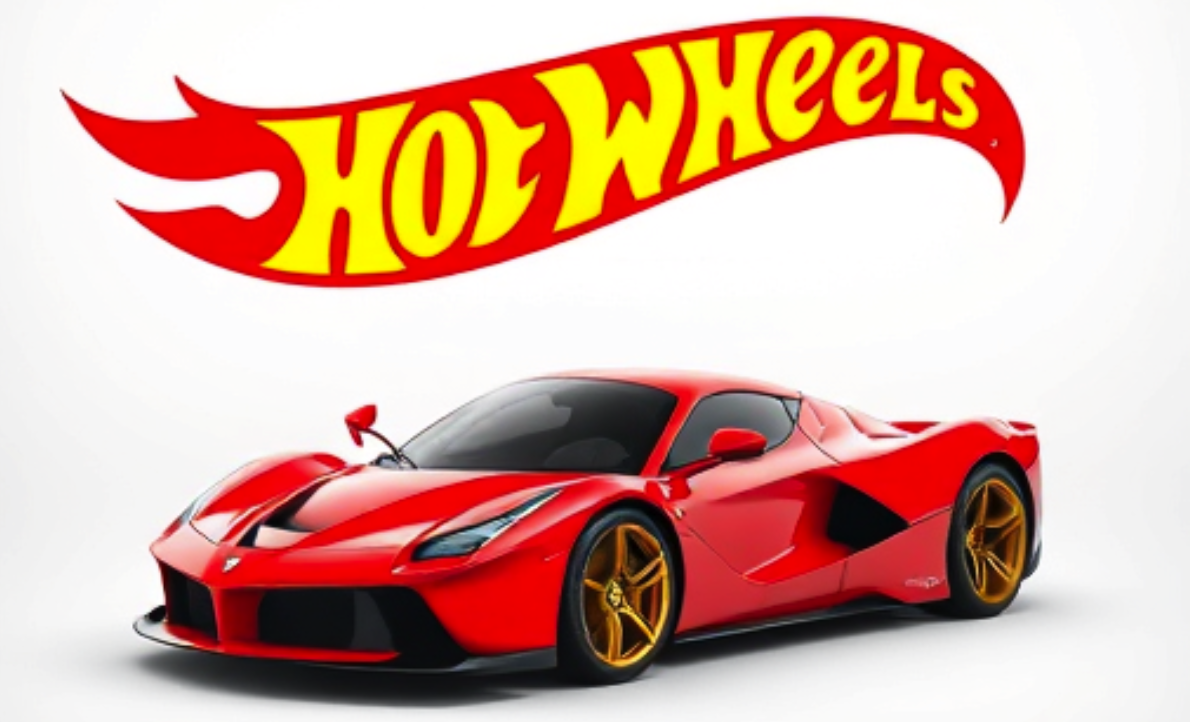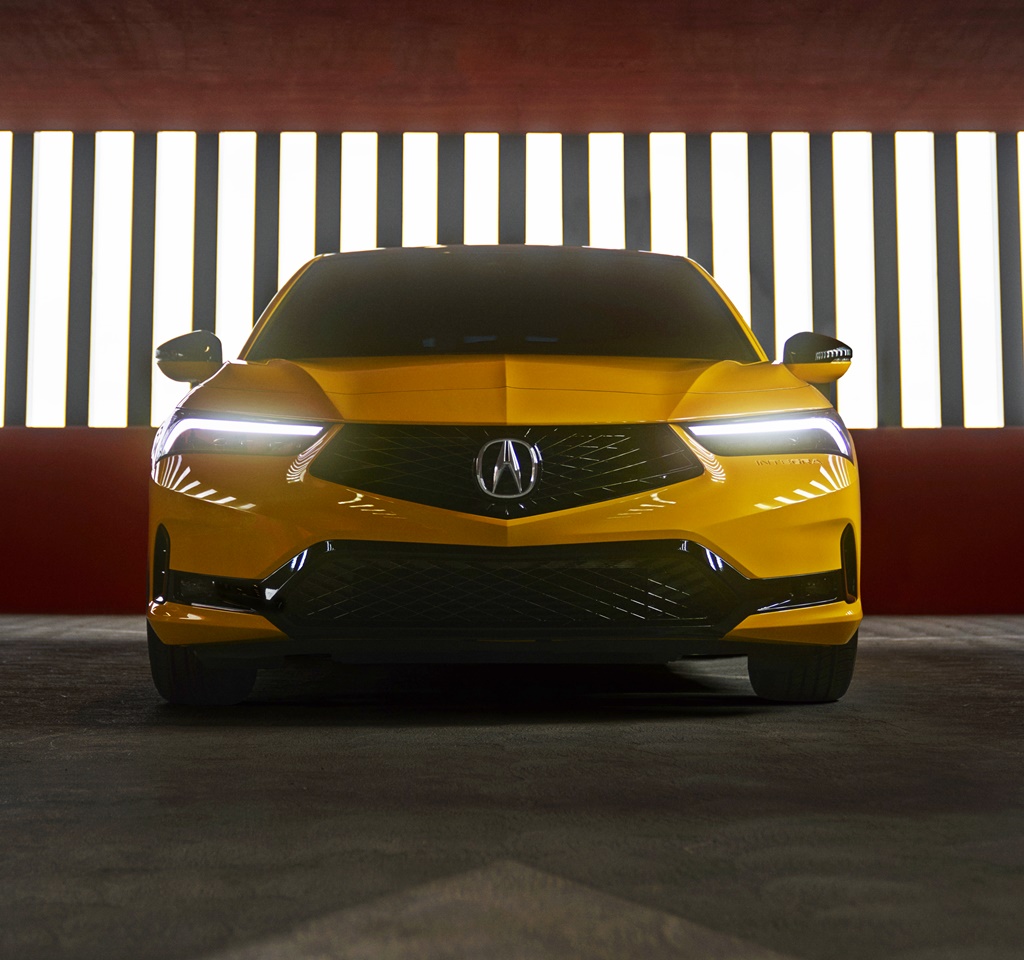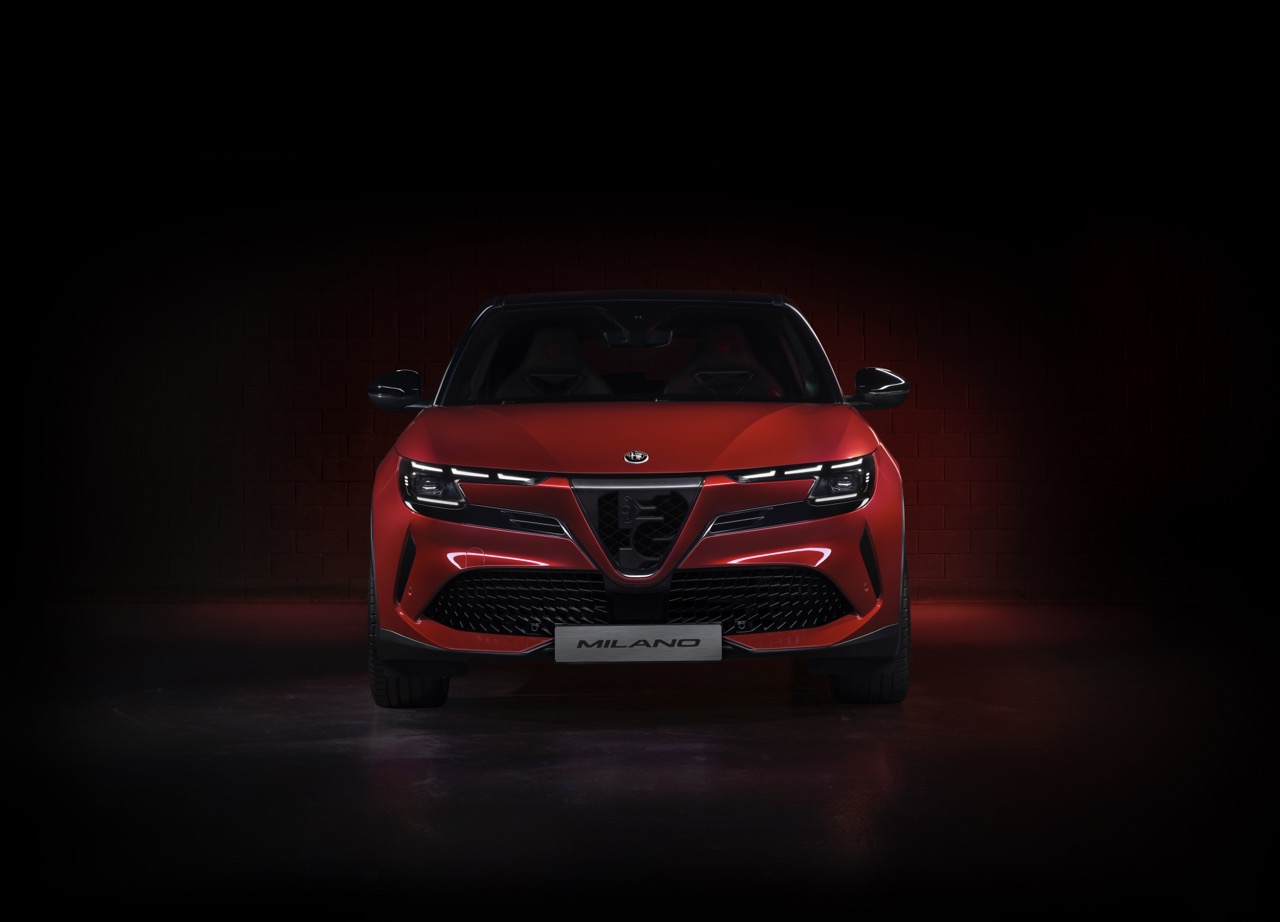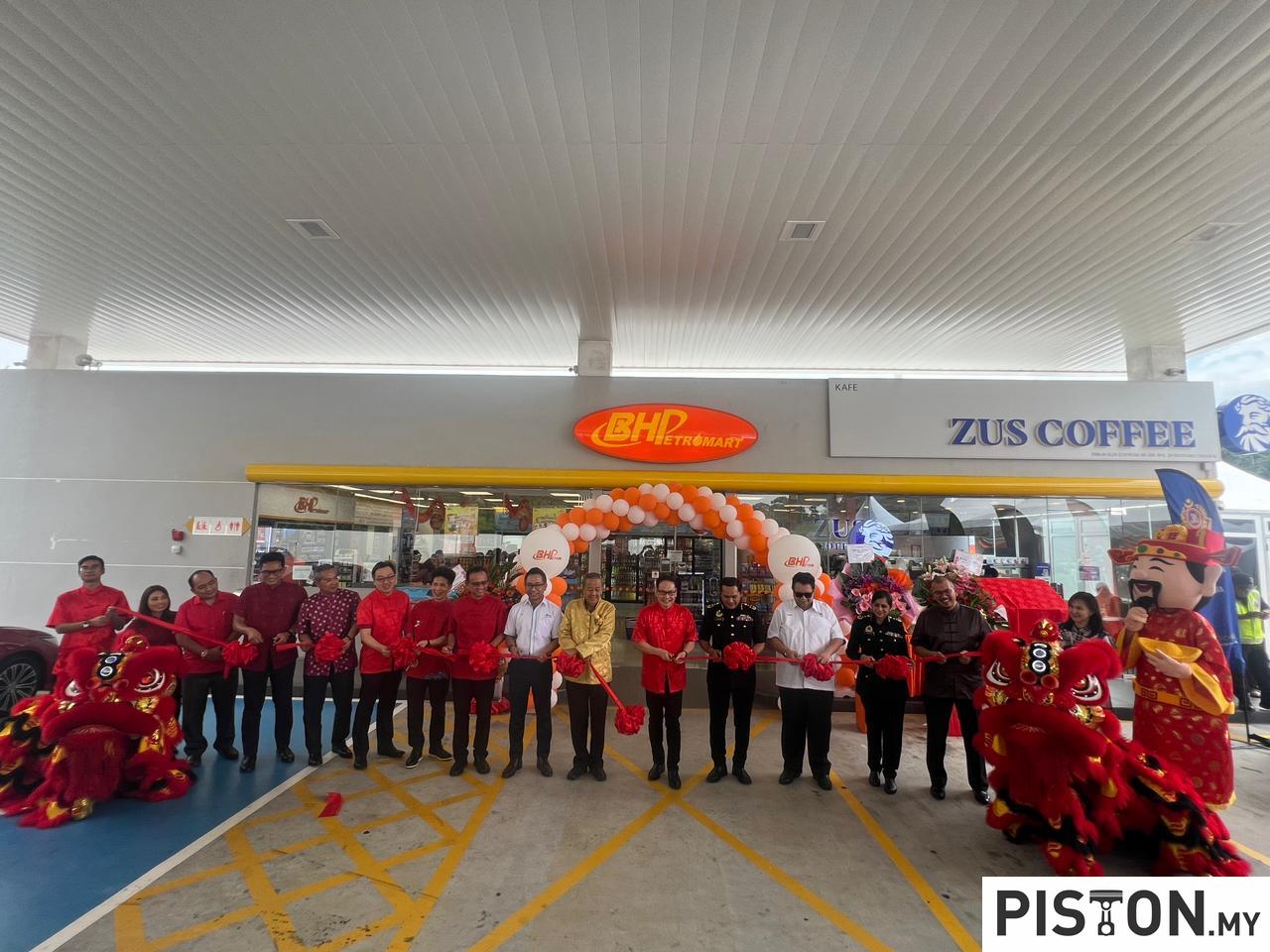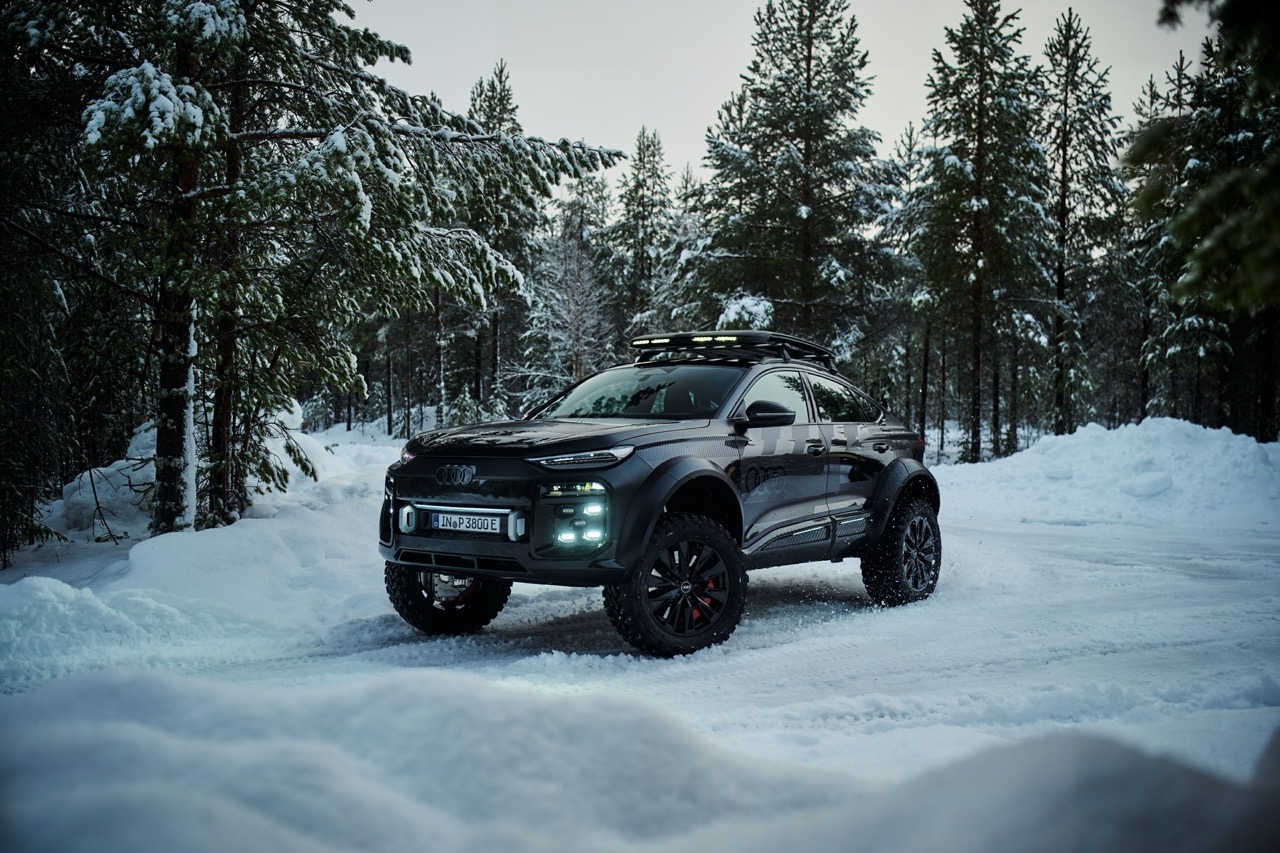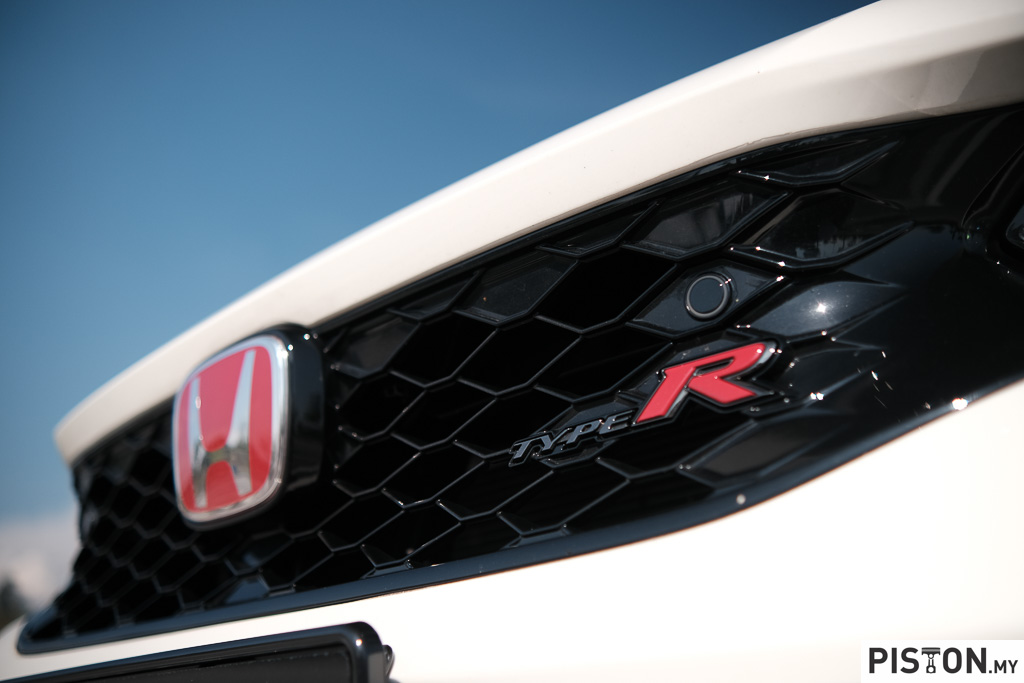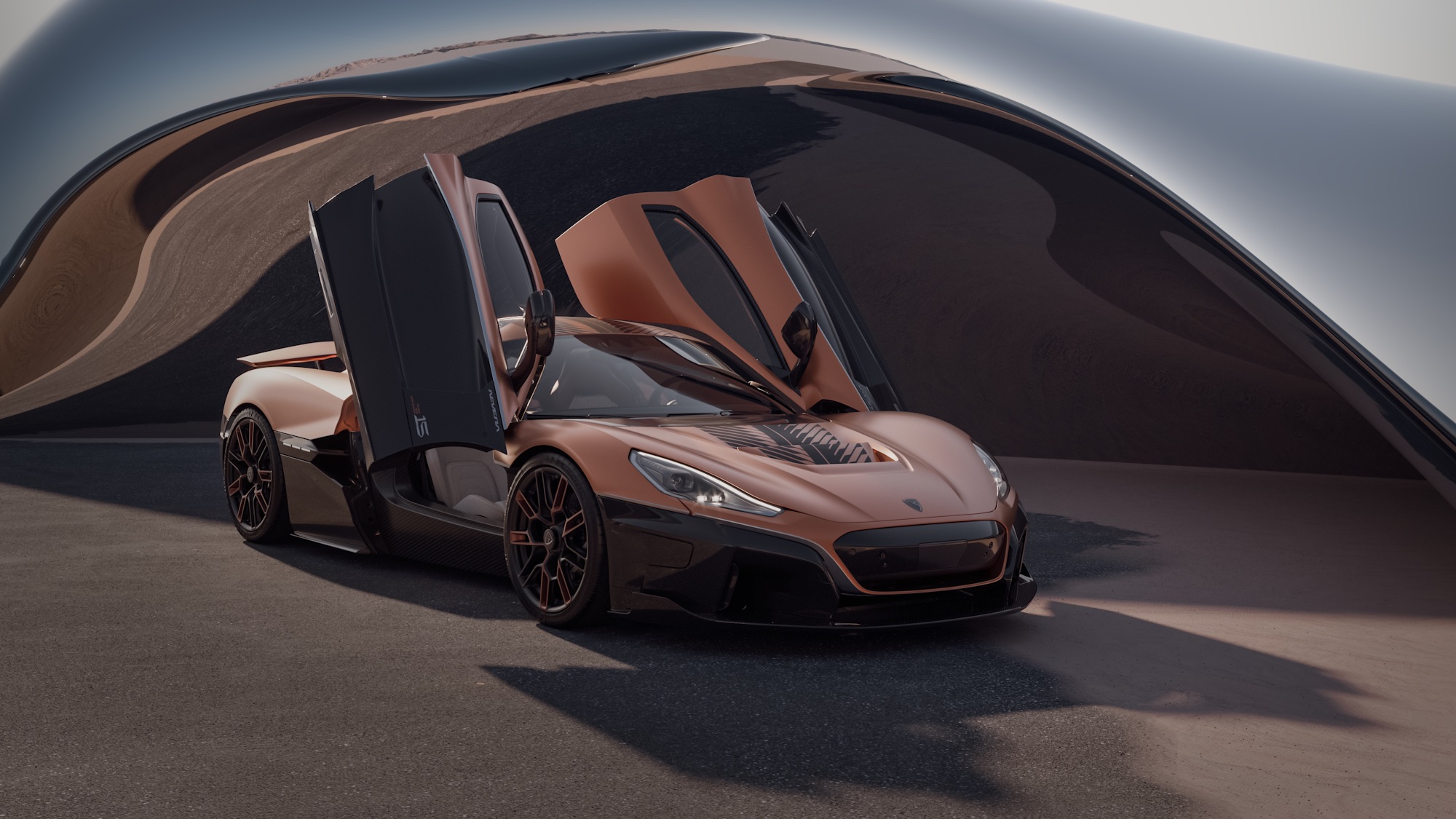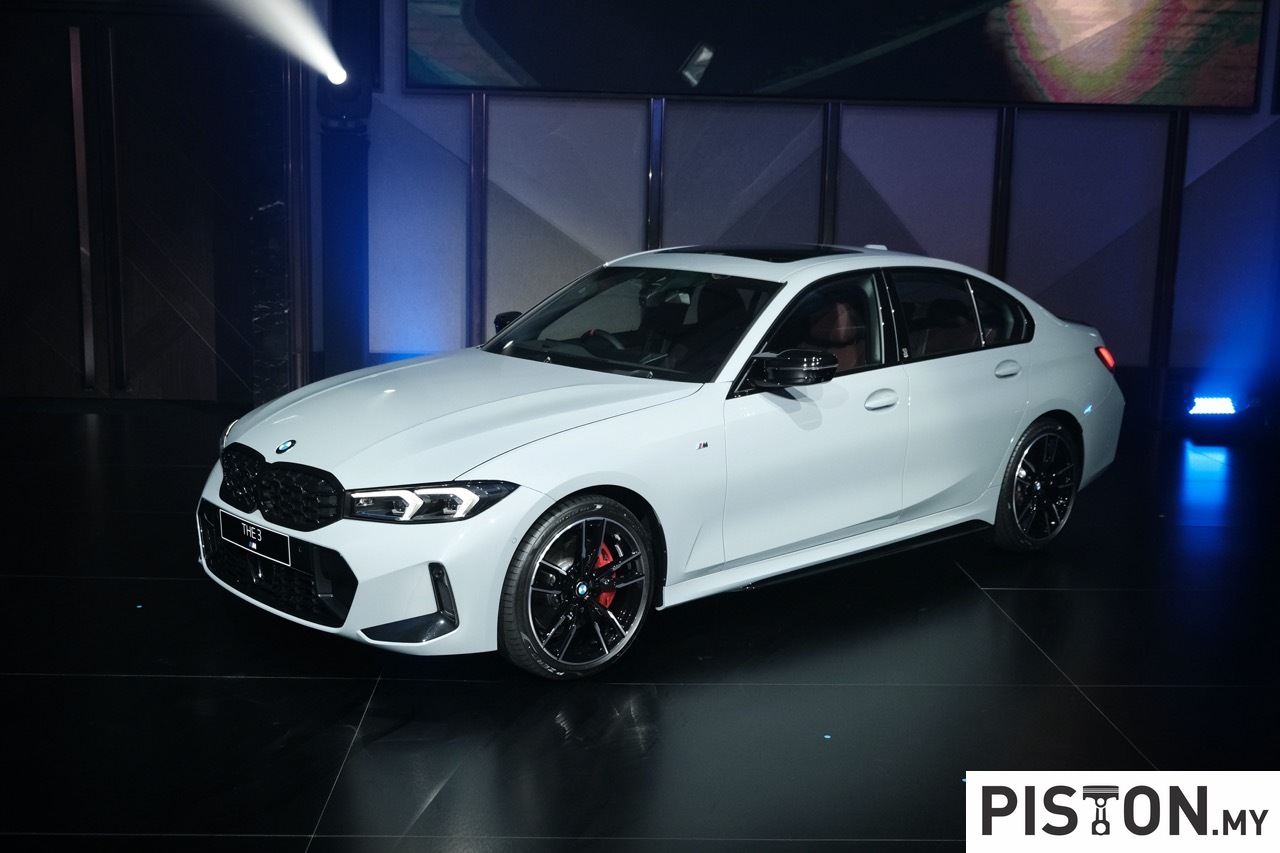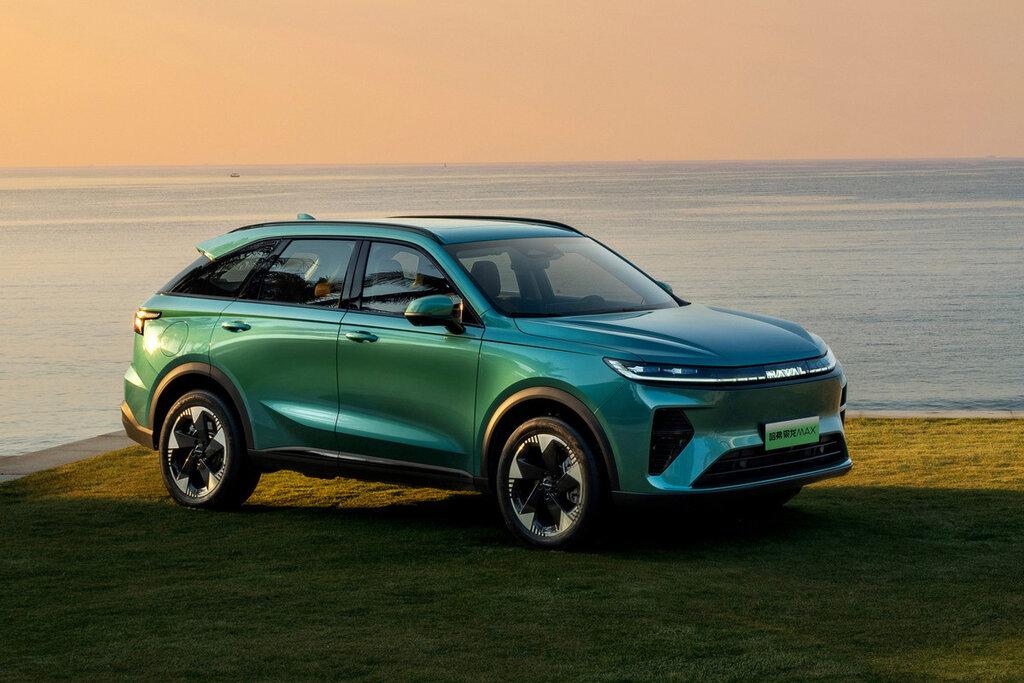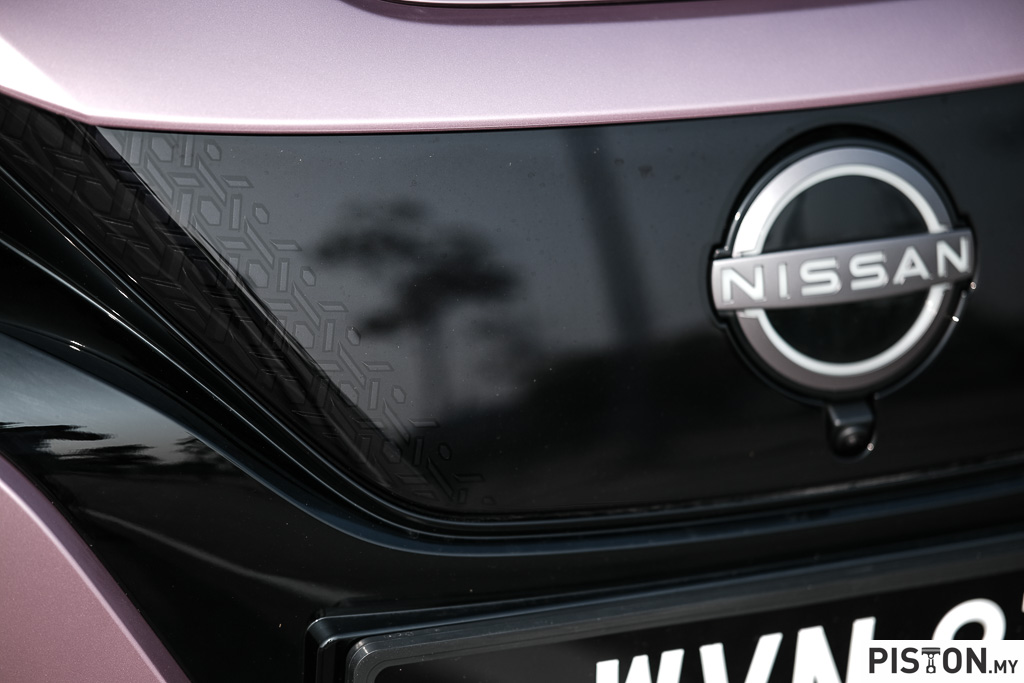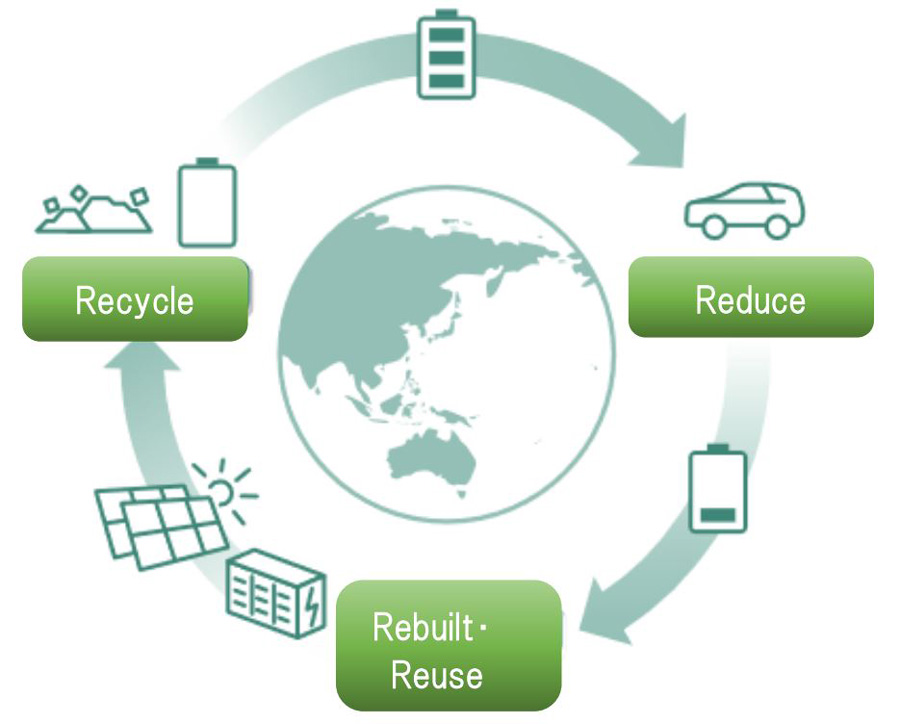The Blind Spot Monitoring system is arguably one of the must have safety systems in modern cars.
It works by using ultrasonic sensors embedded in the side or at the bottom of a vehicle’s rear bumper to detect other vehicles present in the blind spot. This then alerts the driver either through visual or auditory alerts.
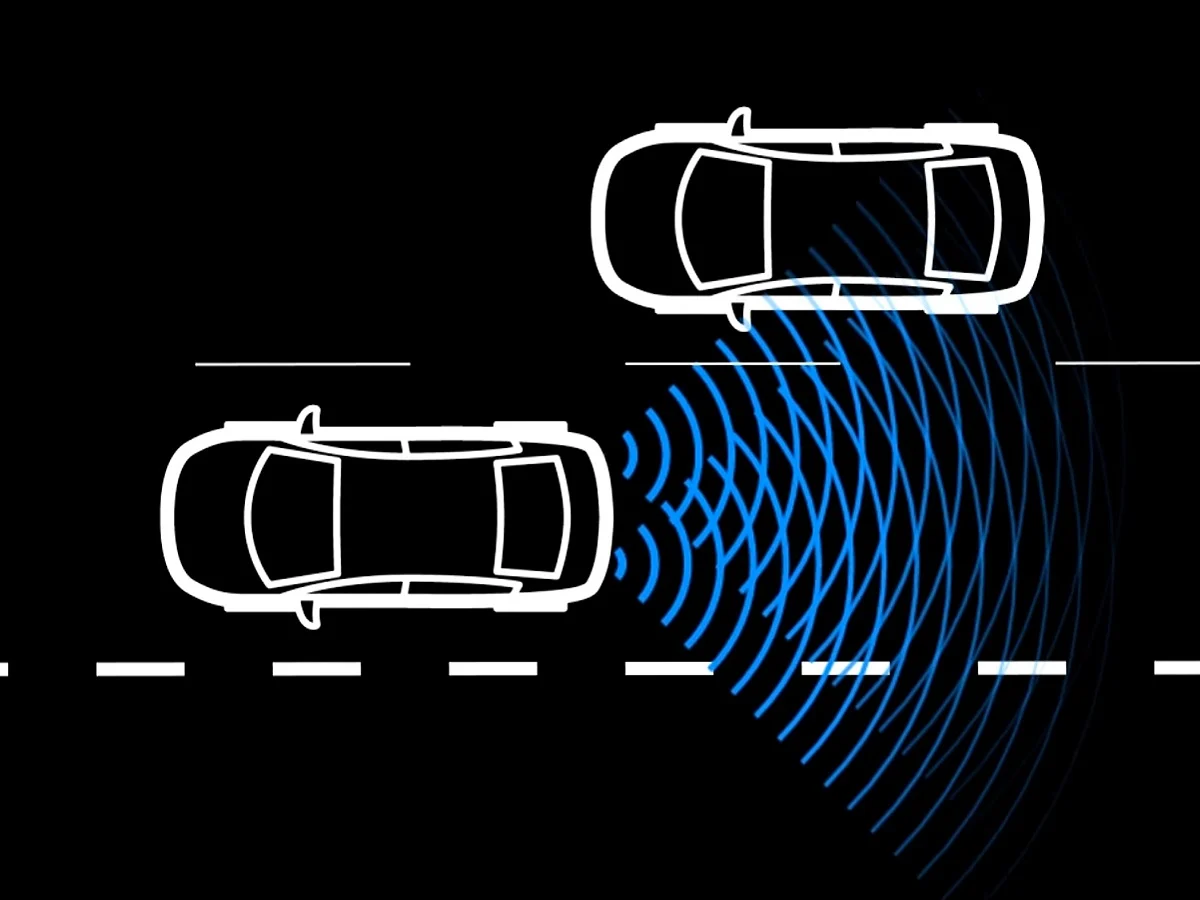
Some systems also use side-mounted cameras which are mounted in the side view mirrors.
The Blind Spot Monitoring system was developed by Volvo who first called it BLIS, and was first shown in the Volvo Safety Concept car (SCC) in 2001 (shown below).
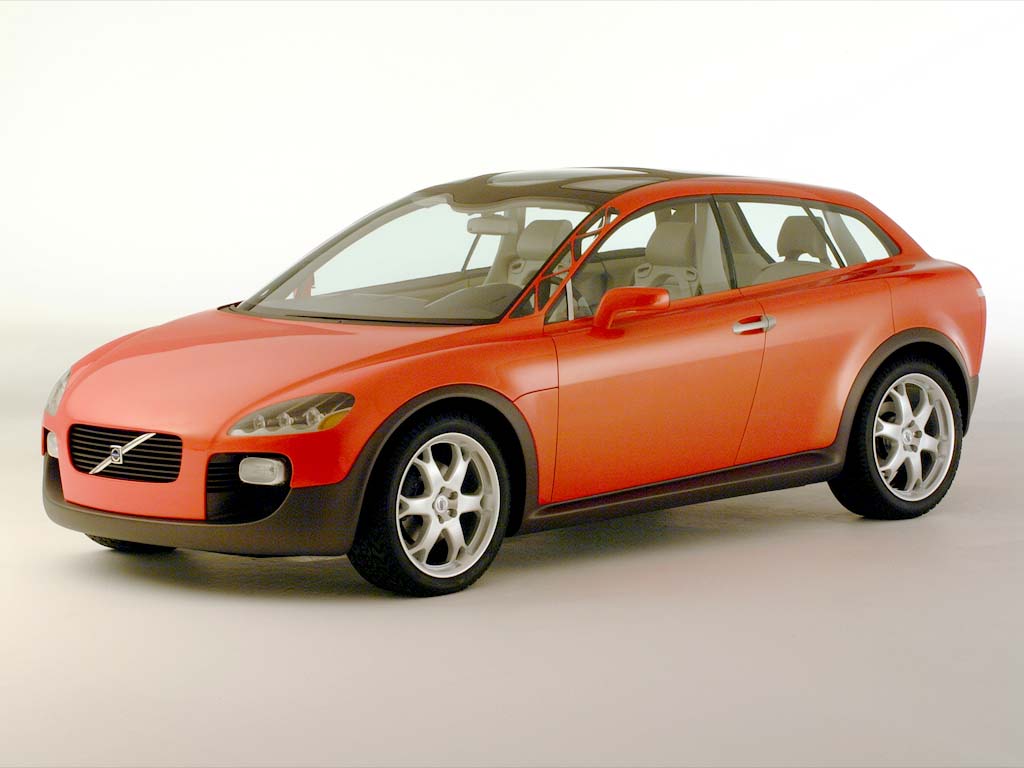
It was later shown again at the 2004 North American International Auto Show in Detroit, Michigan and was available as an option on the XC70 wagon and the S60 sedan of the same year.
These days the Blind Spot Monitoring system (BSM) is available in a number of cars as well as the likes of the Perodua Myvi and the Axia.
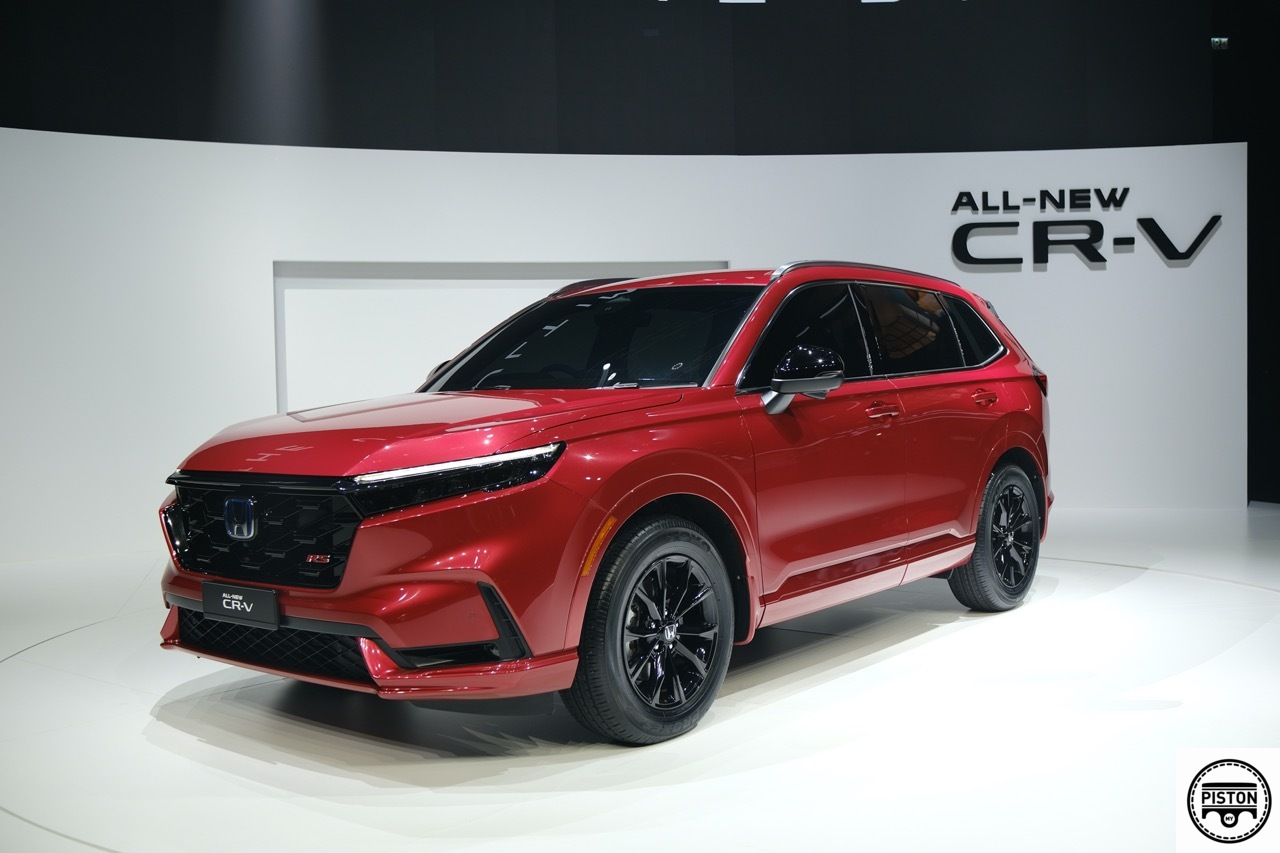
Curiously though, Honda cars in Malaysia have been sold with an alternative system to BSM called the Lane Watch System (LWS).
The LWS has the same objective as the BSM system where it alerts the driver of obstacles in the blind spot of the car.
However, it works by using a camera placed on the left side mirror (seen below) and then displays a video image of the left rear quarter of the car.
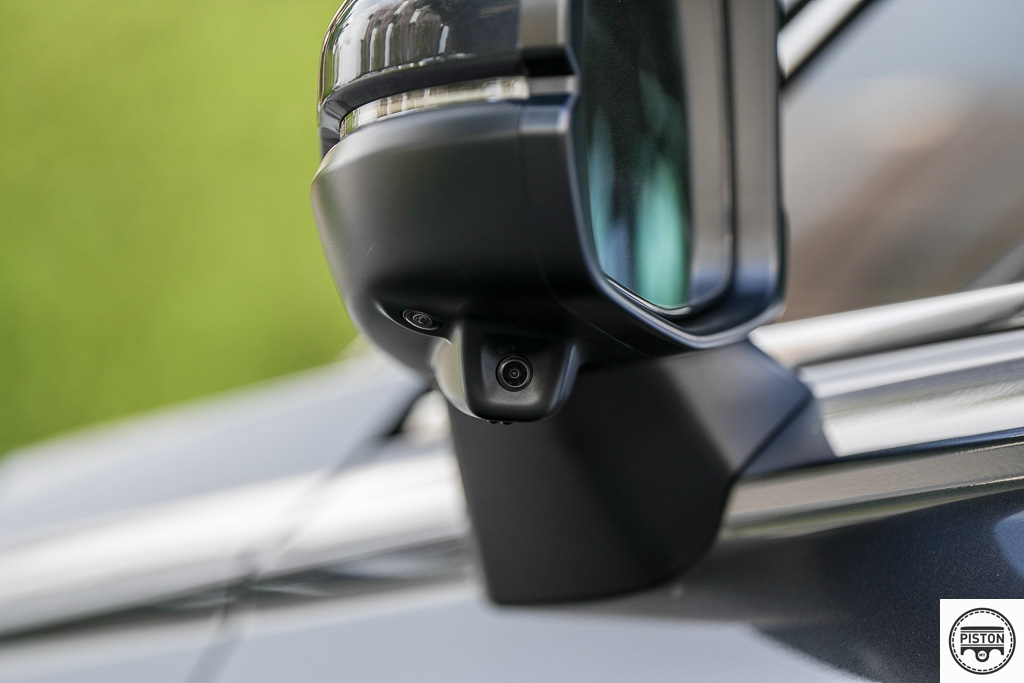
This only works when the turn signal is used or when a button placed on the turn signal stalk is pressed. There is no other visual nor auditory alert and neither does it alert you of other vehicles on the right side of the car.
And the other problem is that it only works best during the day when the sun is shinning at its brightest, as can be seen in the image below. This is because the camera that is used sends back a grainy image onto the centrally-placed monitor that often also shows the GPS map.
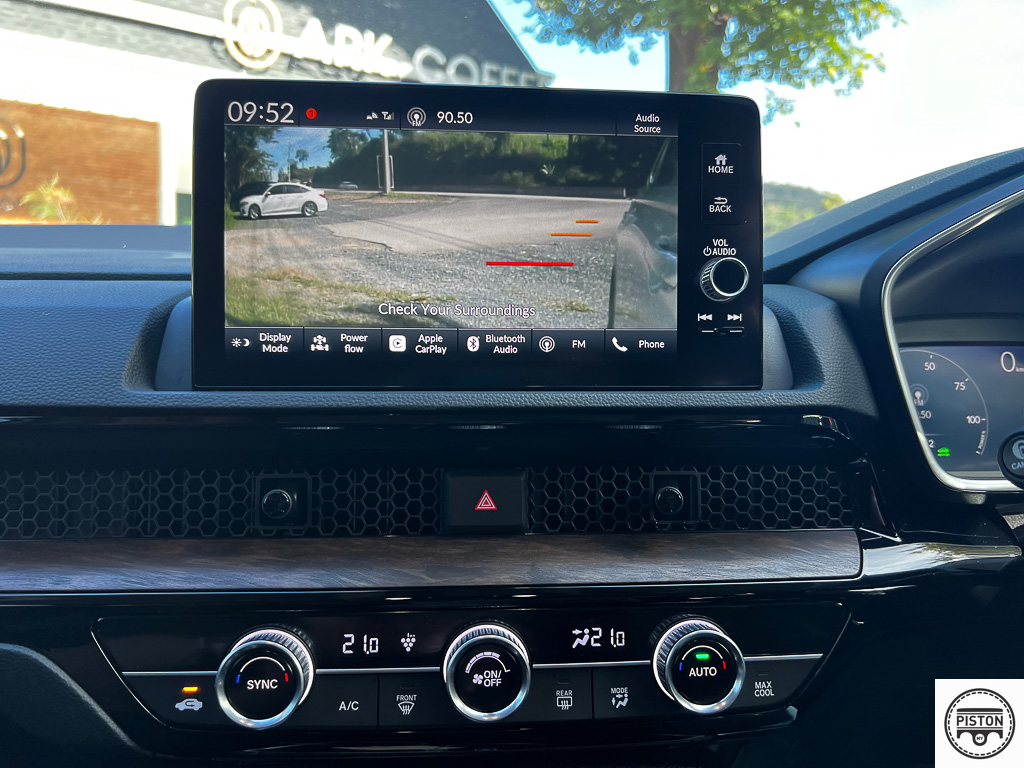
It does not work well in low light conditions, at night, or worse, in the torrential Malaysian monsoon rain where barely anything can be seen at all.
Often times, two motorcycles riding side by side at night can be misinterpreted as a single car.
Curiously though, Honda does offer Blind Spot Monitoring system in other markets, just not in Malaysia. Not yet at least.
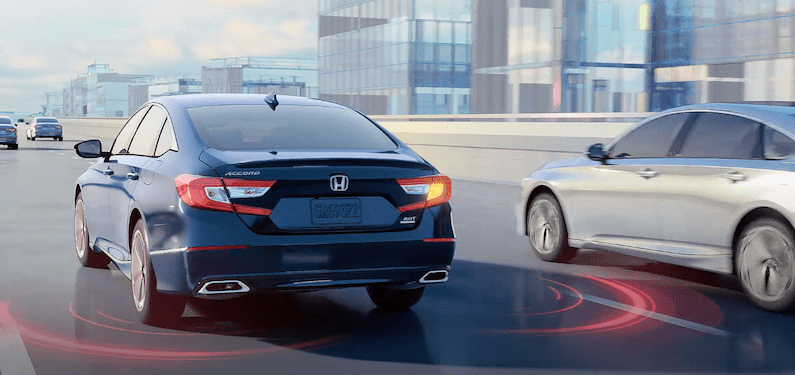
We recently got the chance to ask why this is so during a private media interview with Eisuke Sato, the Large Project Leader of the newly launched sixth-generation Honda CRV. Sato-san flew in from Japan for the Malaysian introduction of the new CRV.

When asked by Piston.my on why Malaysian Honda’s still use Lane Watch rather than the Blind Spot Monitoring system, Sato-san said, “In other regions, we do apply BSM and in the CRV globally, we do apply BSM as well.”
“However, specifically in Asian and in Malaysia, we consider how motorcycles are often used and we believe that Lane Watch is more effective.”
“Because Lane Watch can actually visualise where a motorcycle is and how many motorcycles there are, the Lane Watch system can provide for more accurate information for drivers.”
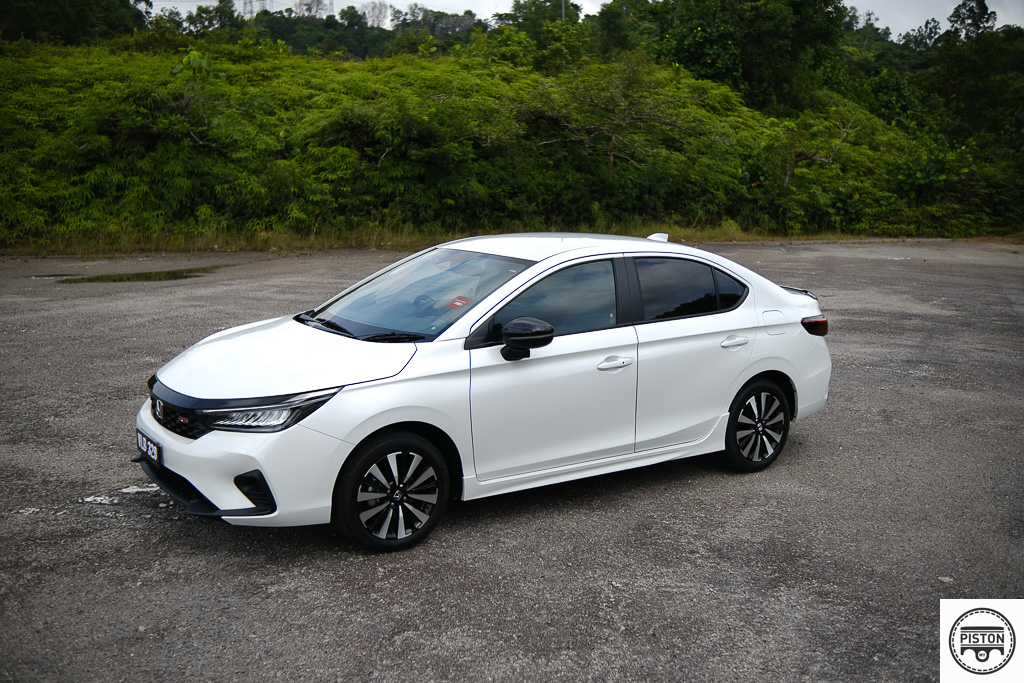
When asked about the grainy image and how the use of a high-definition camera would probably make the system more effective, Sato-san replied, “If we look at competitors, there are those who utilise higher-definition cameras but we did verify and confirm that the current spec used in the CRV is sufficient to capture the presence of motorcycles.”
“We also do understand that in dark situations and when it is raining drivers will need more visibility, so we will continue monitoring the situation and will consider an upgrade for the next models,” he added.
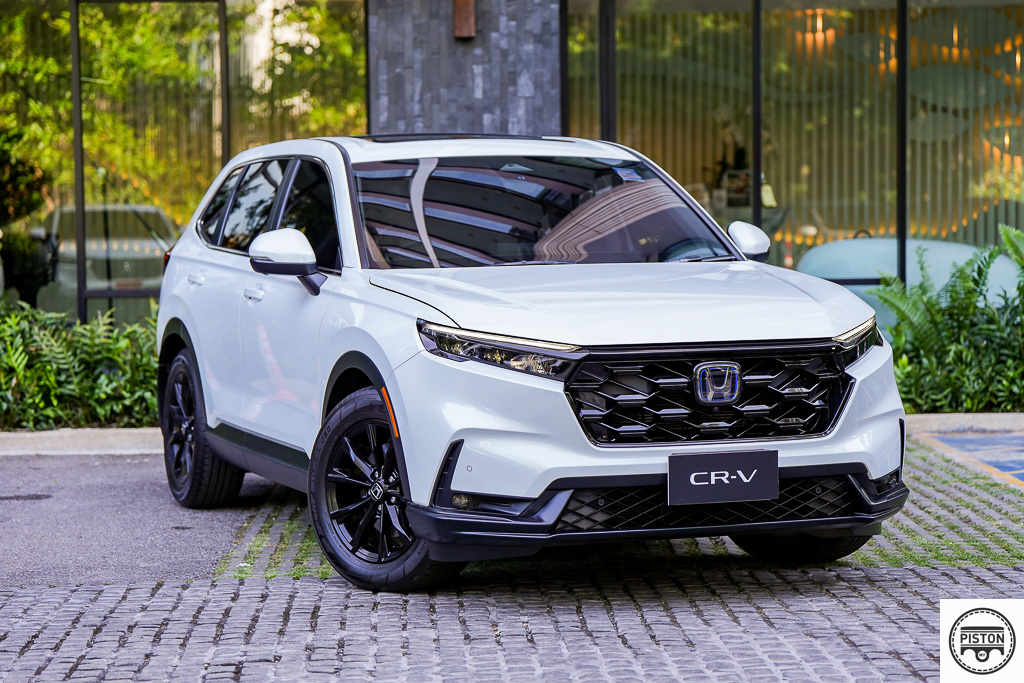
There is no doubt that Blind Spot Monitoring system works better in low light and in bad weather, and it is great that Honda Malaysia has an ear on the ground and listens to feedback.
So will we see the Blind Spot Monitoring system making an appearance in upcoming models. If there’s anything we took away from that interview, we can confidently say yes, it is just a matter of time.





